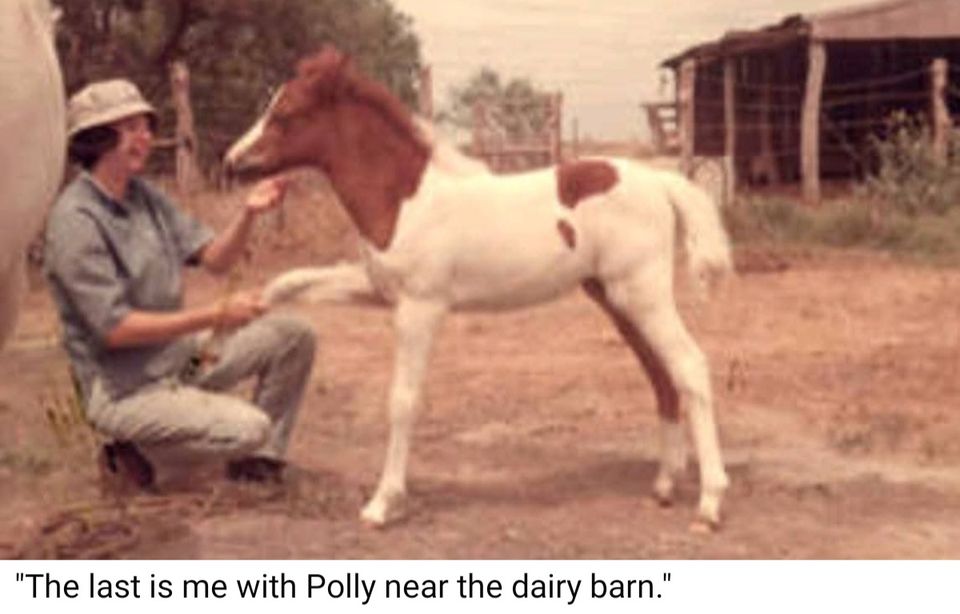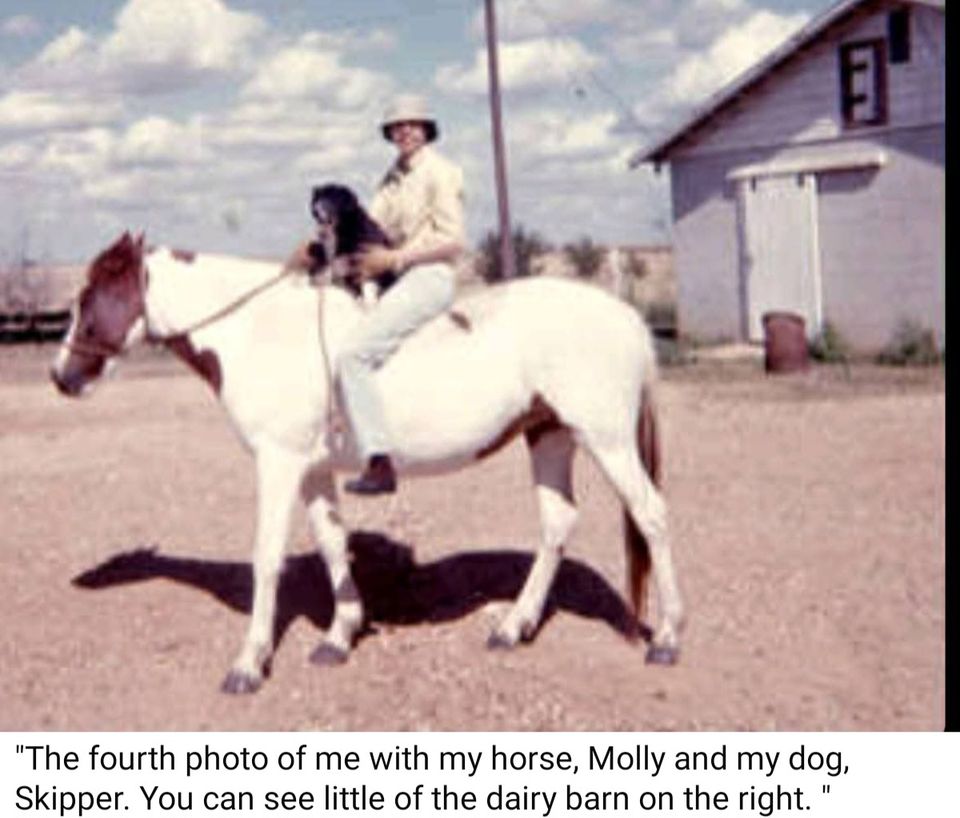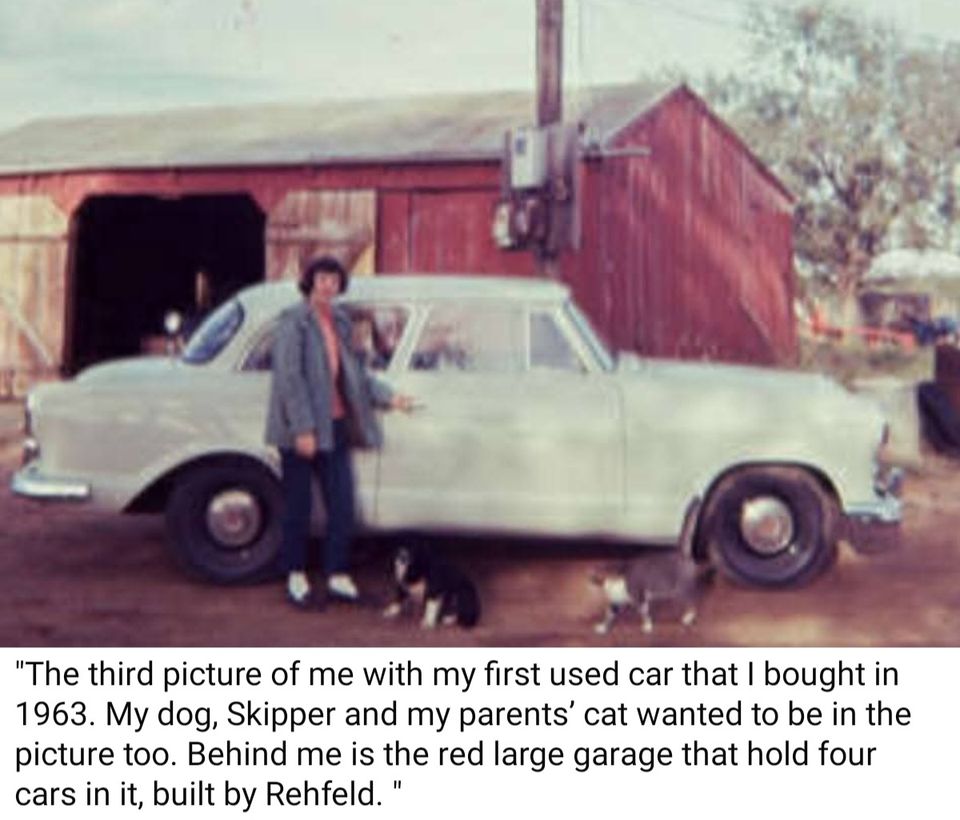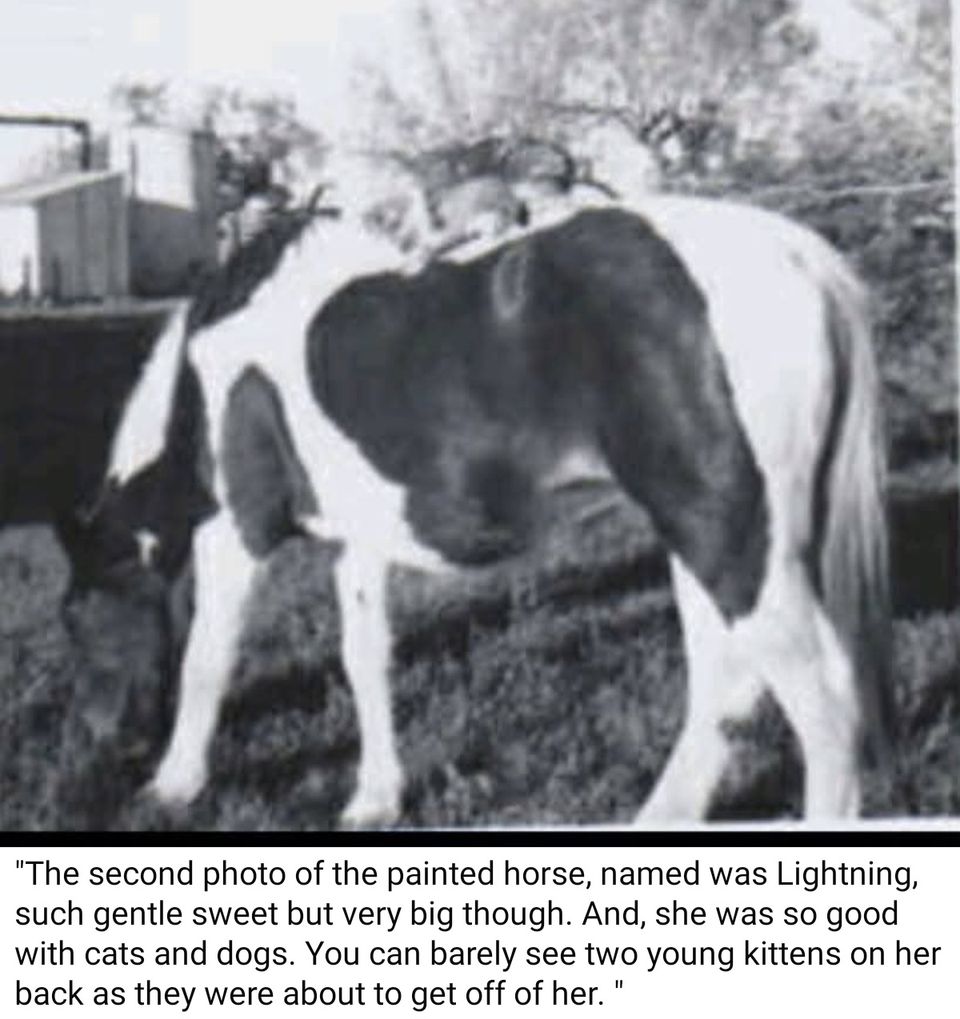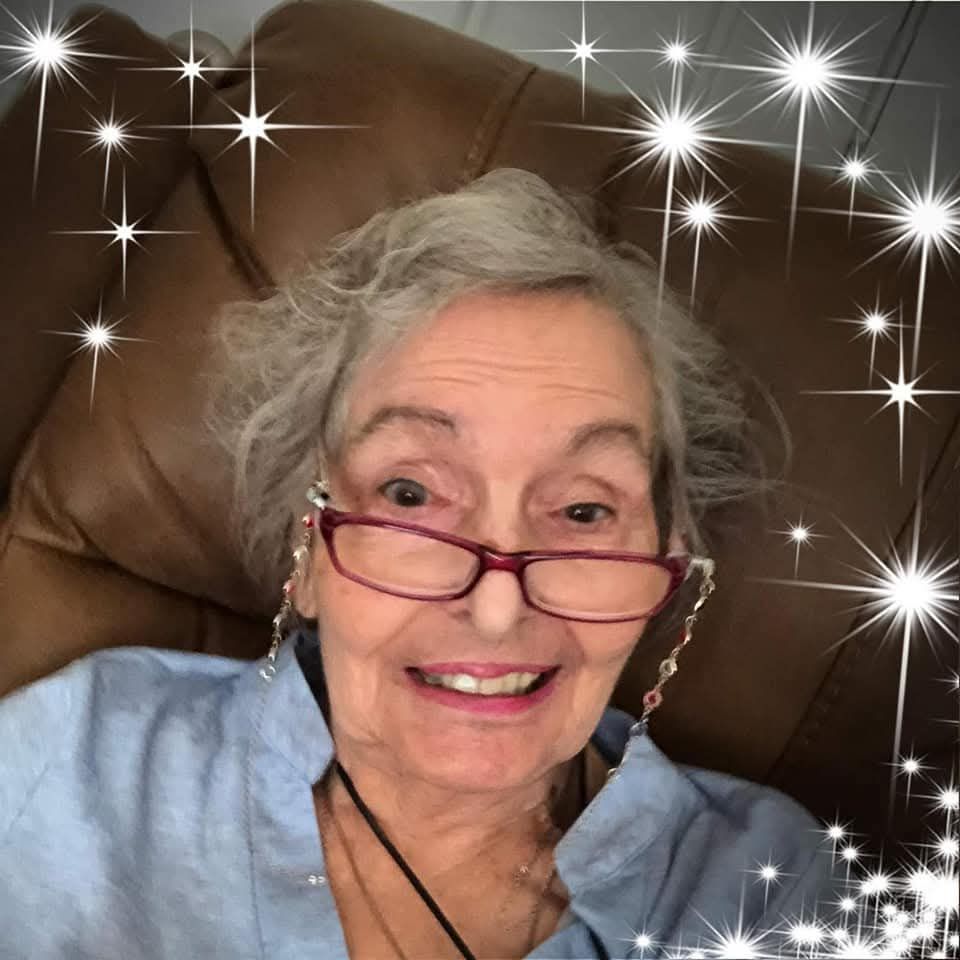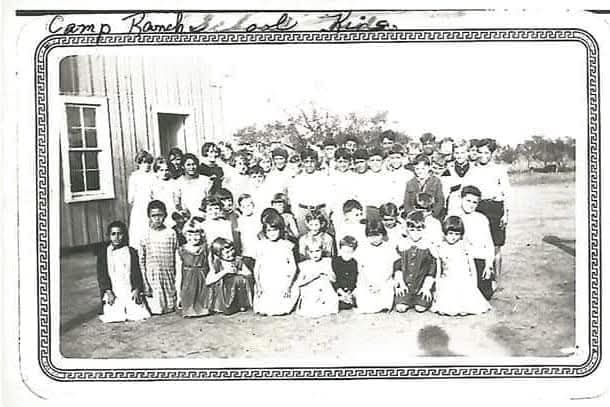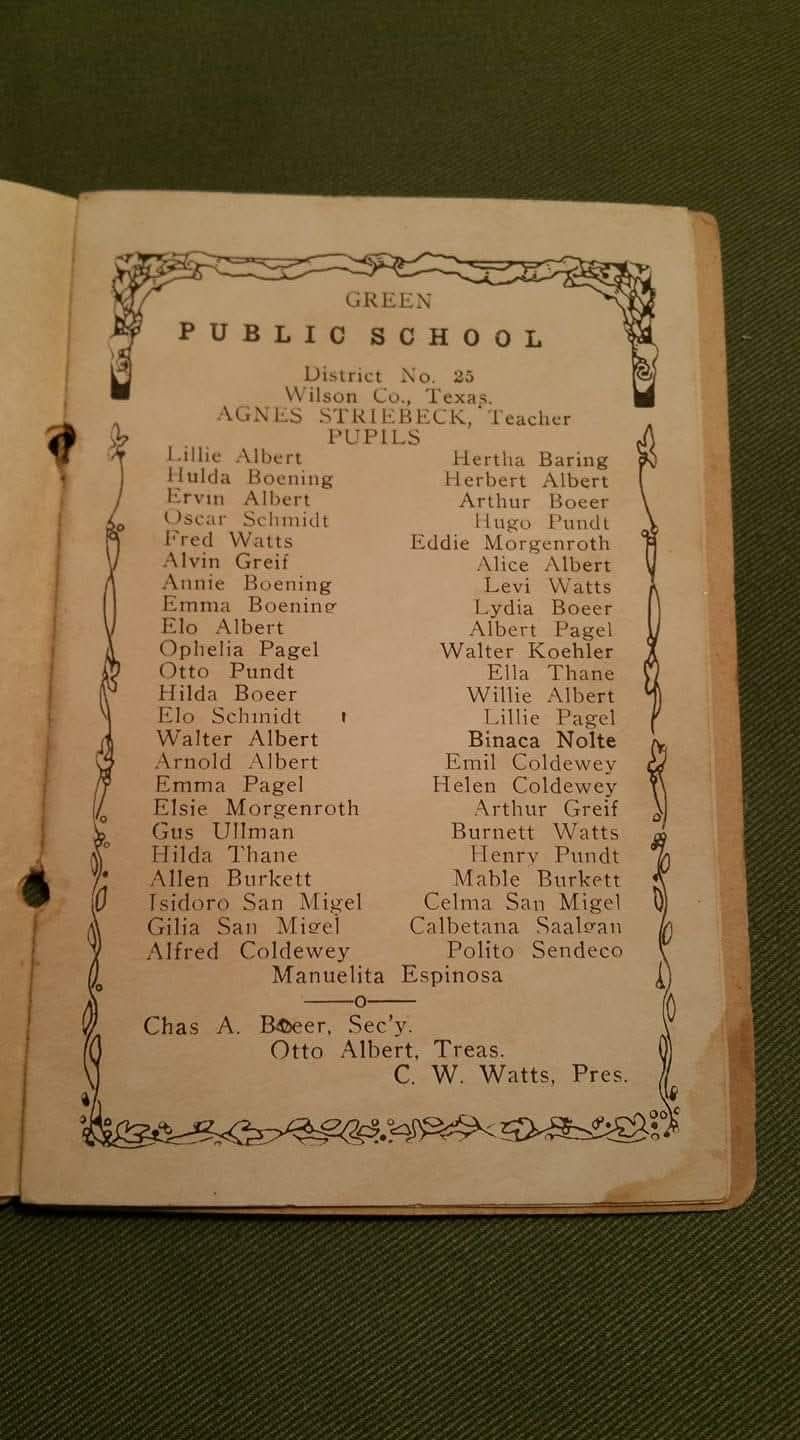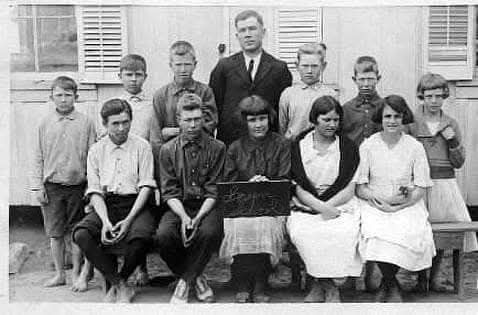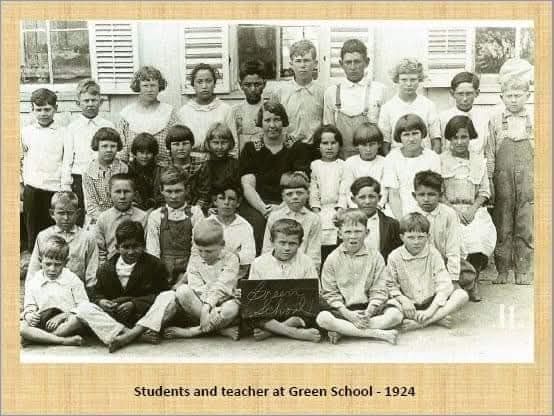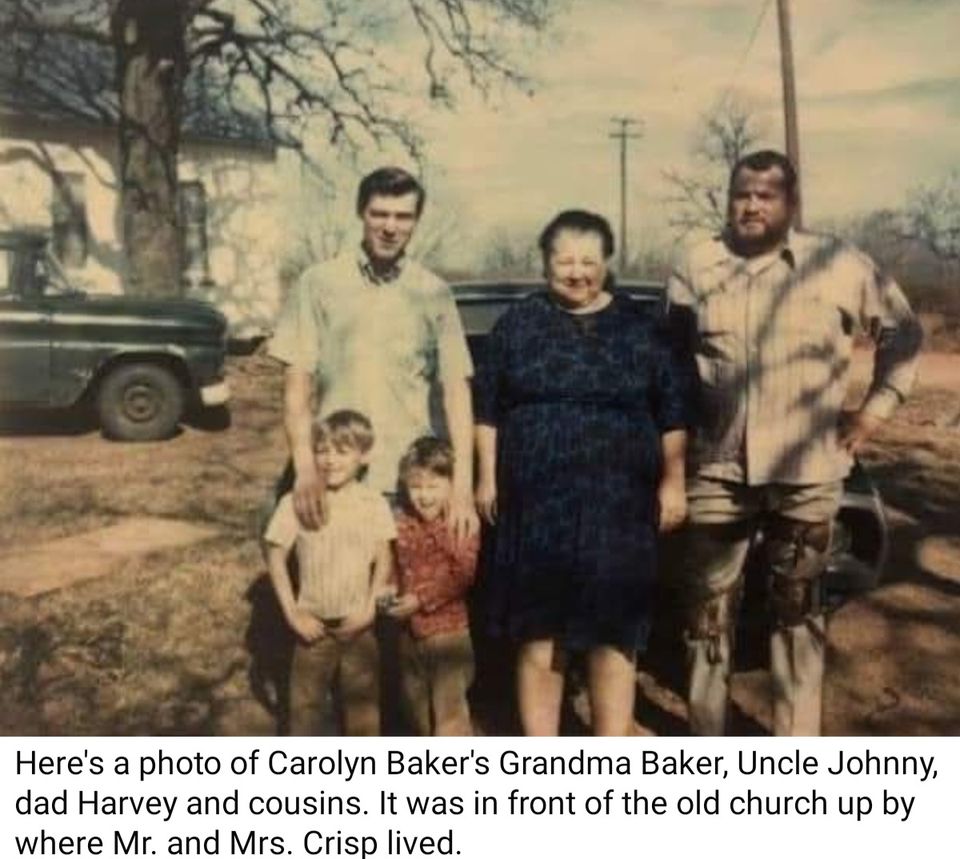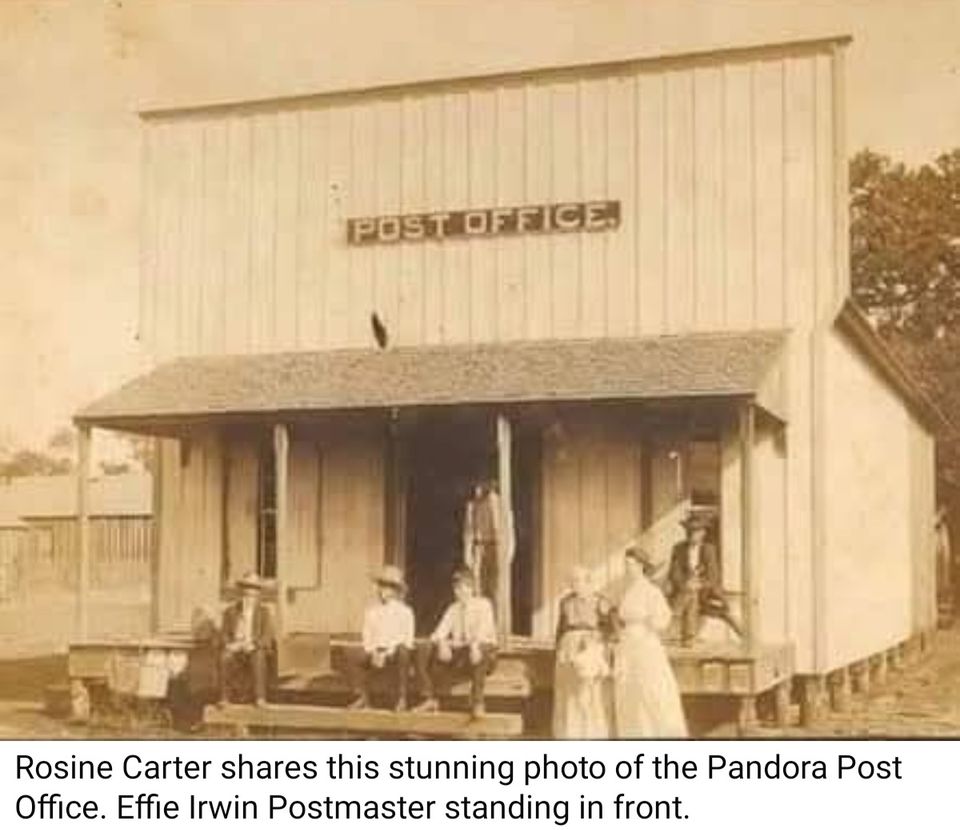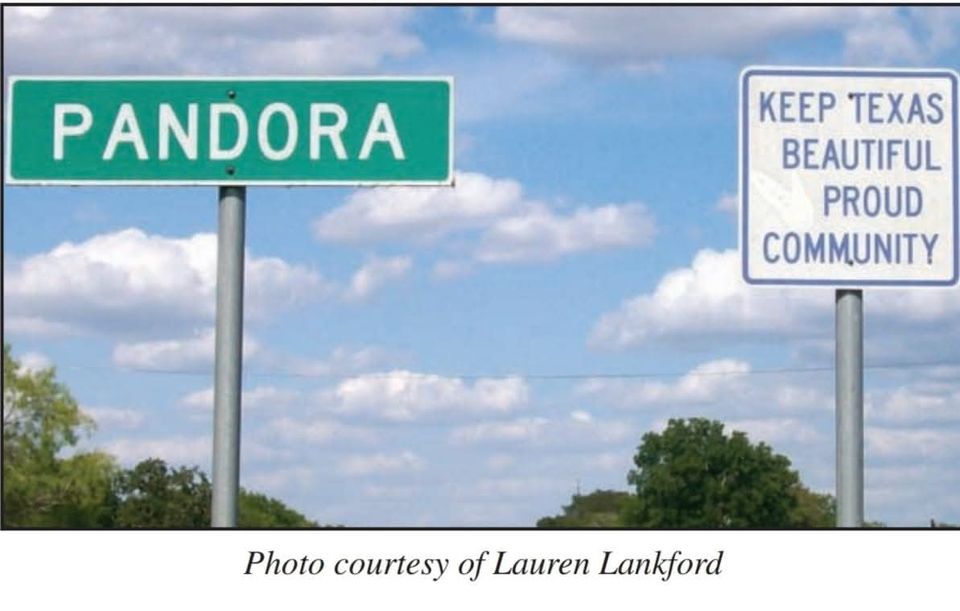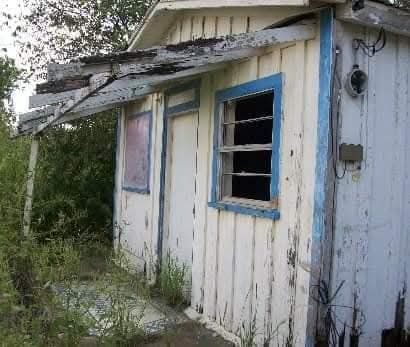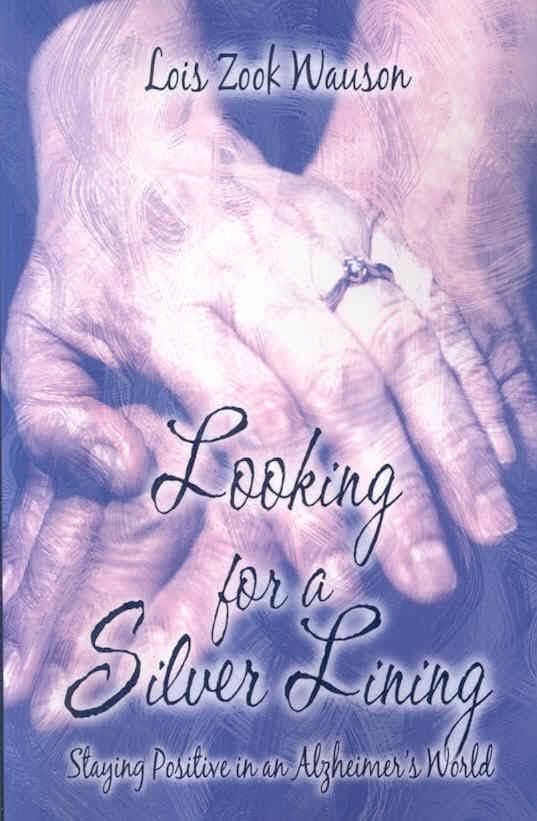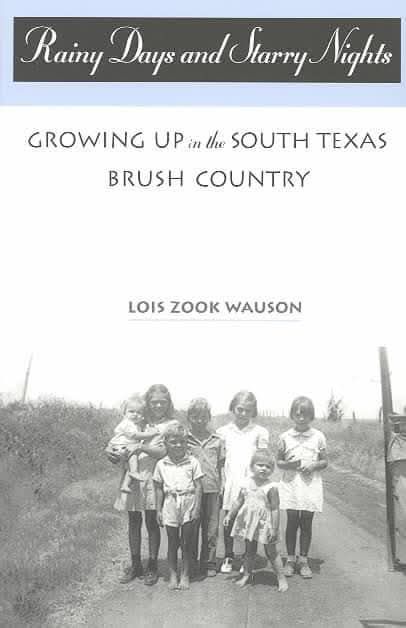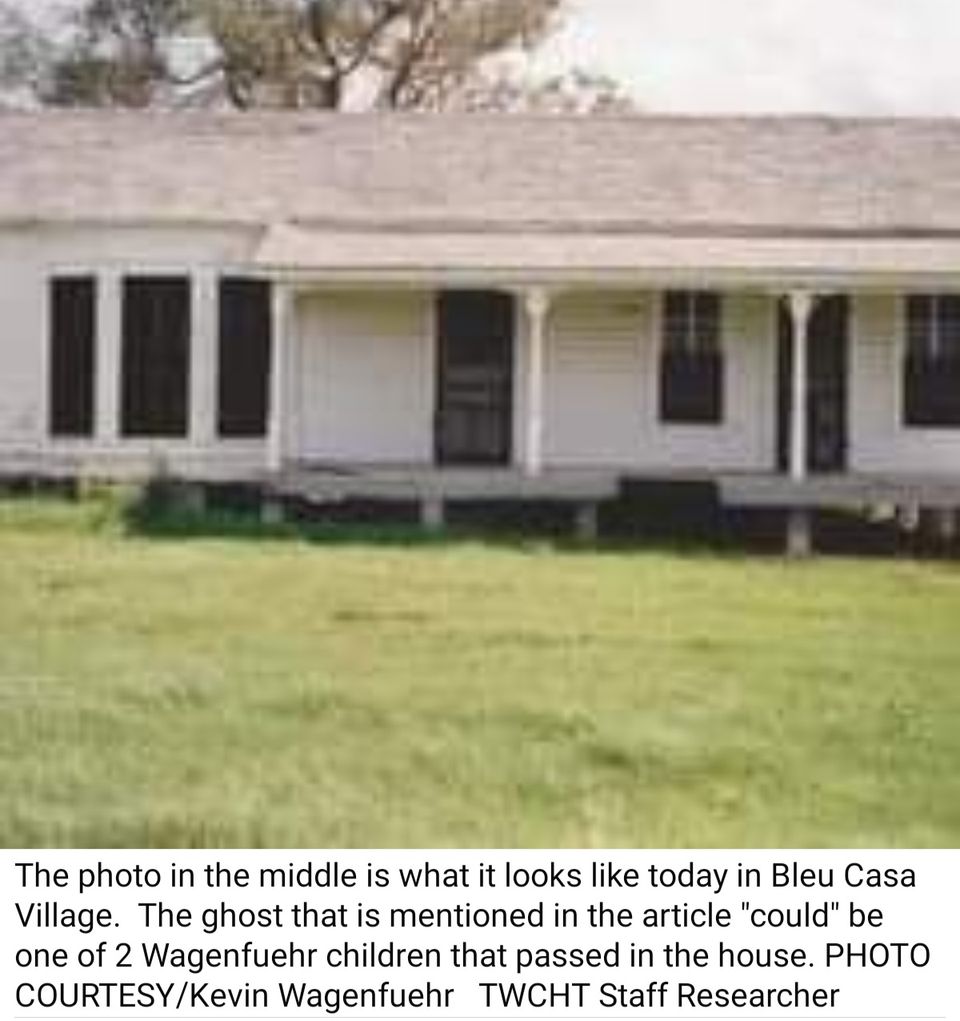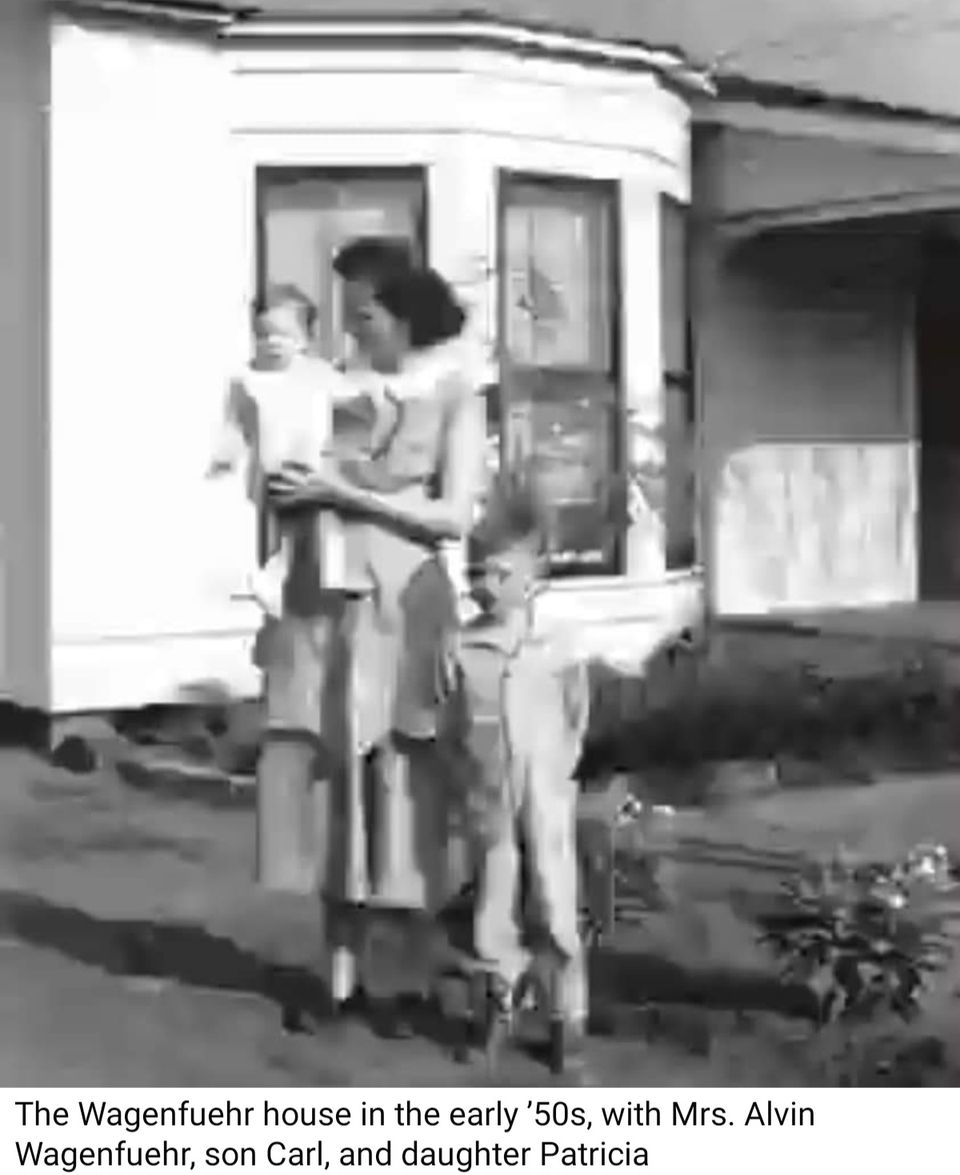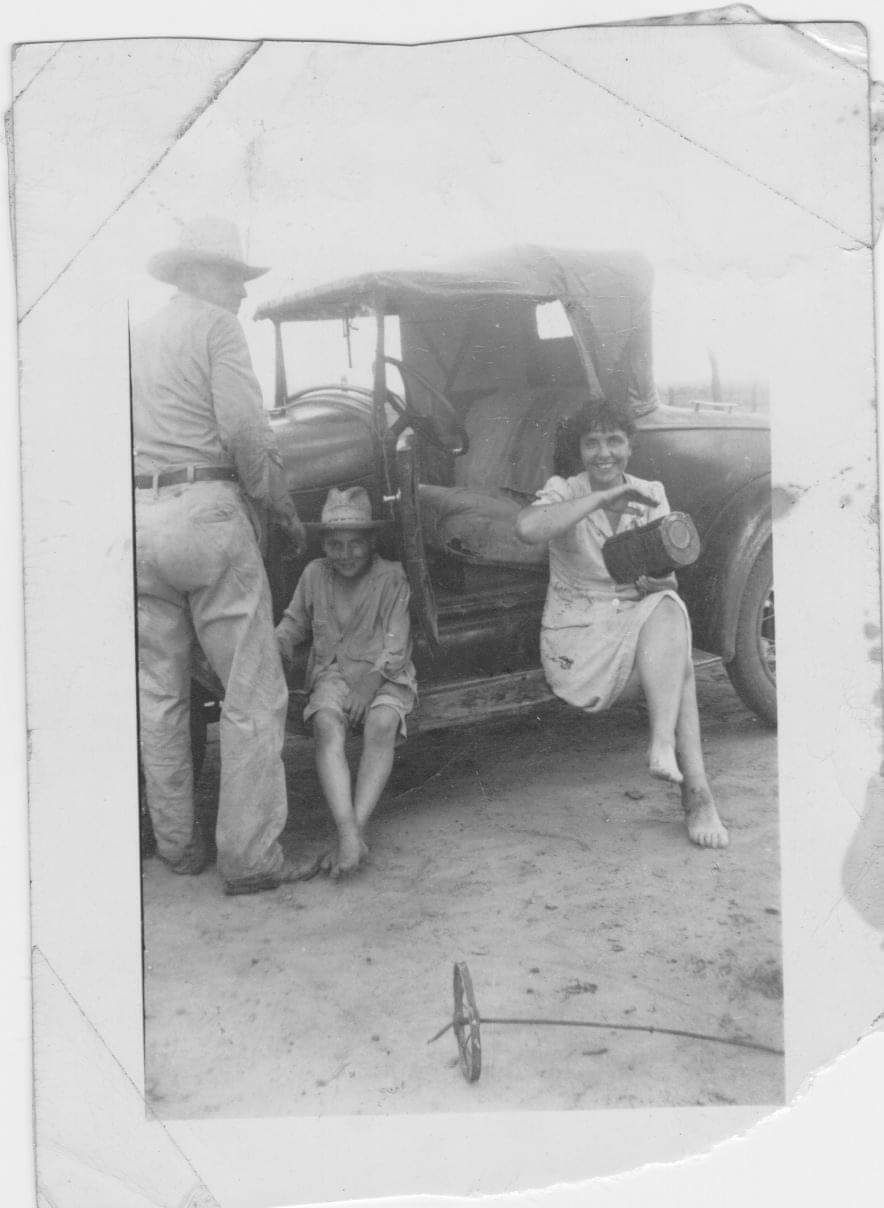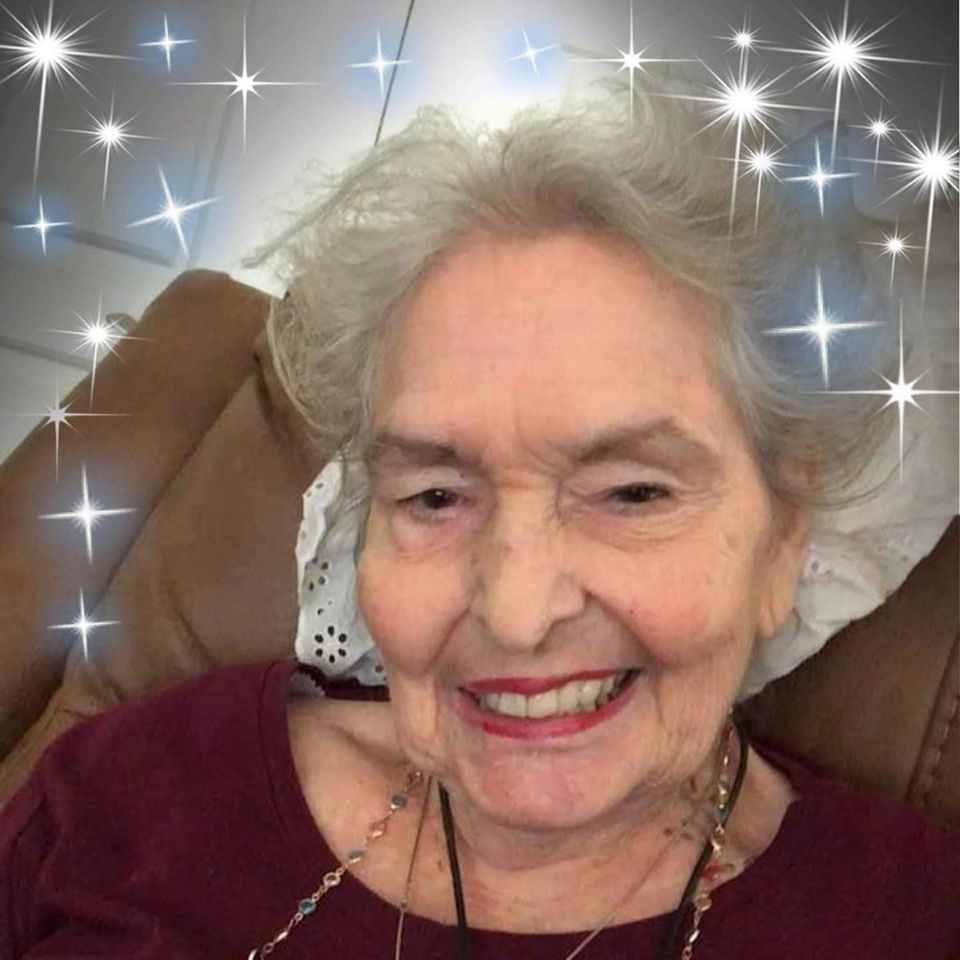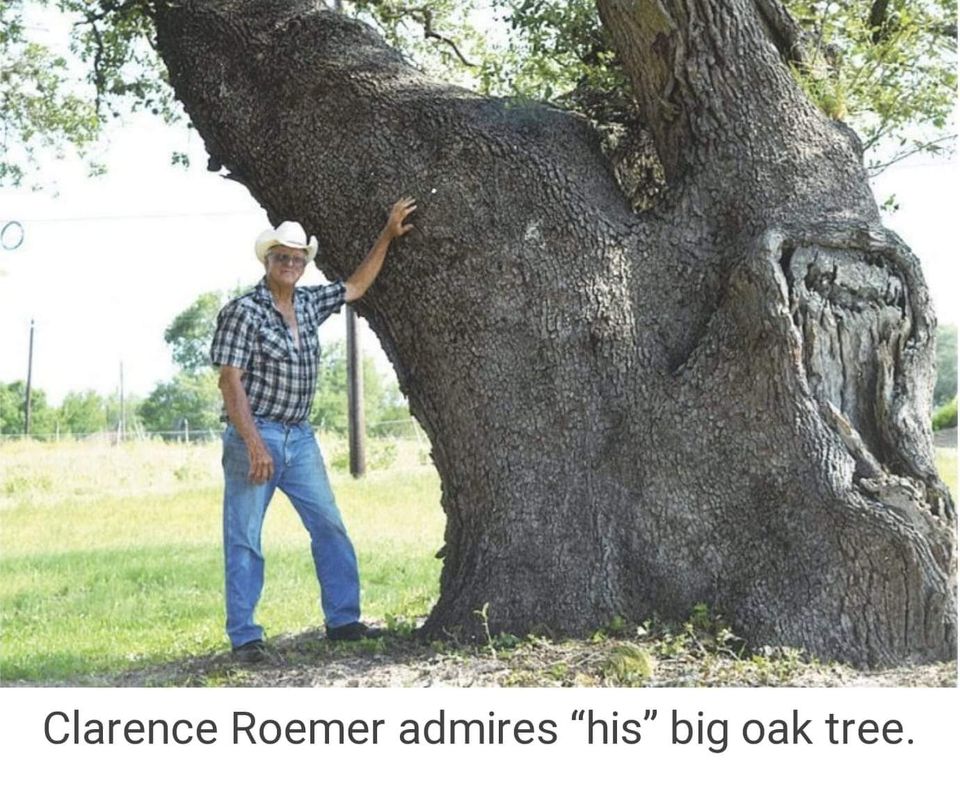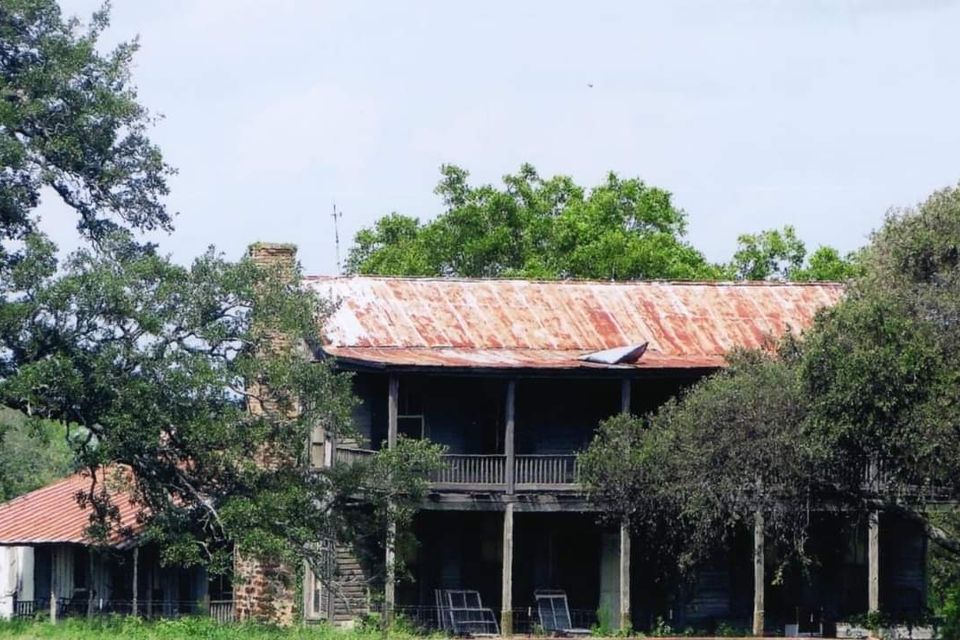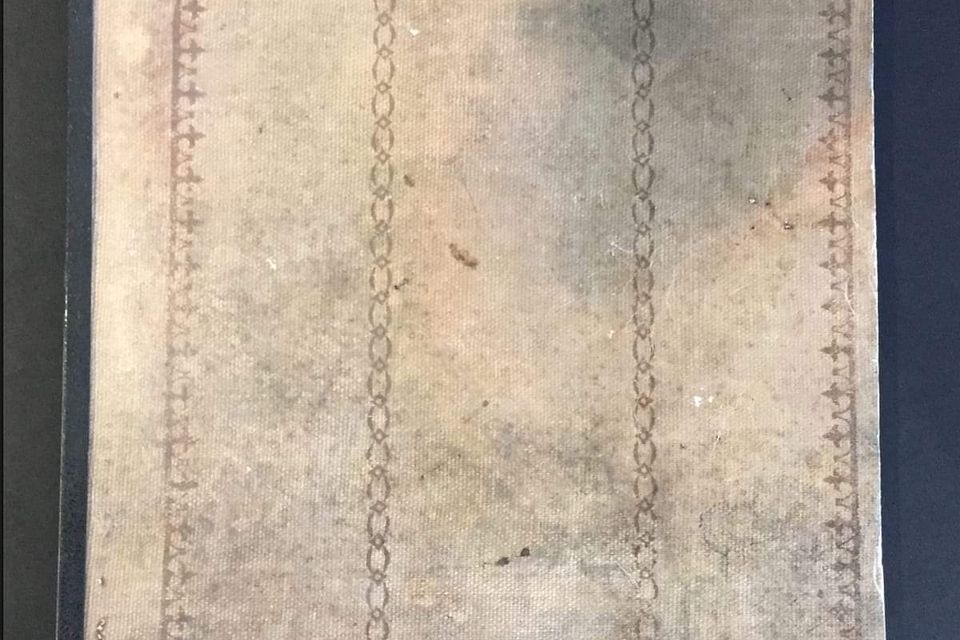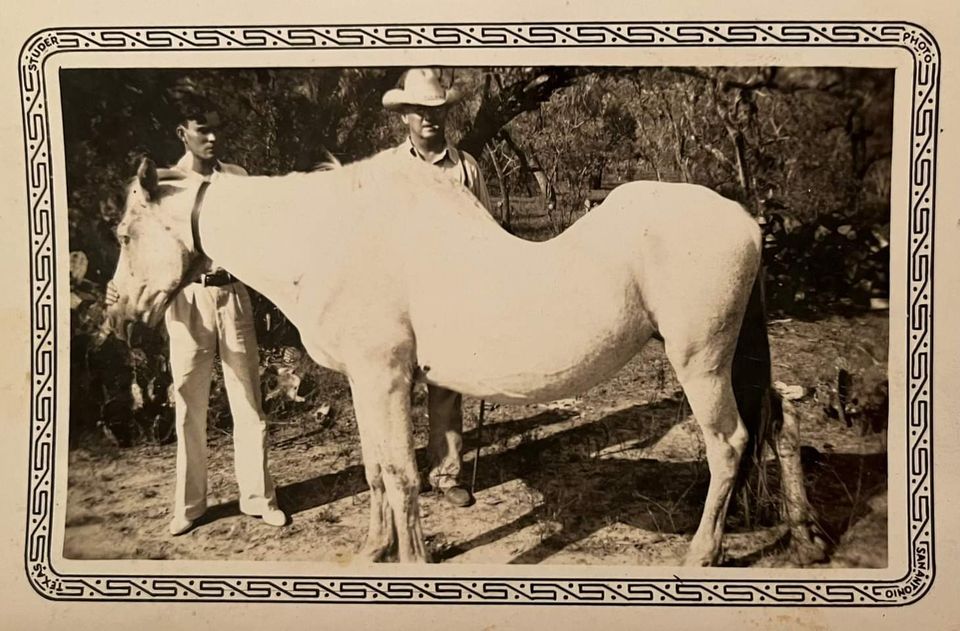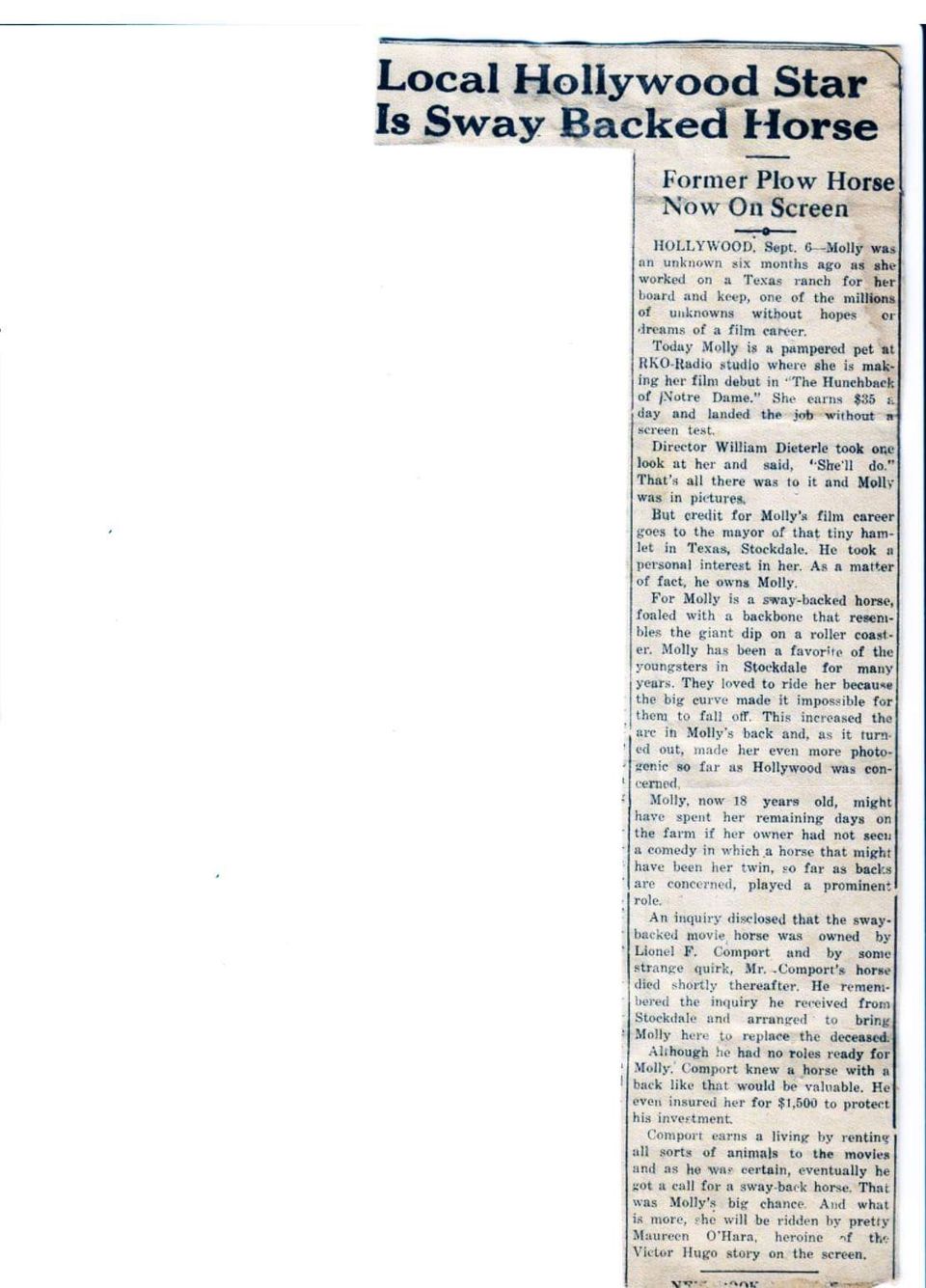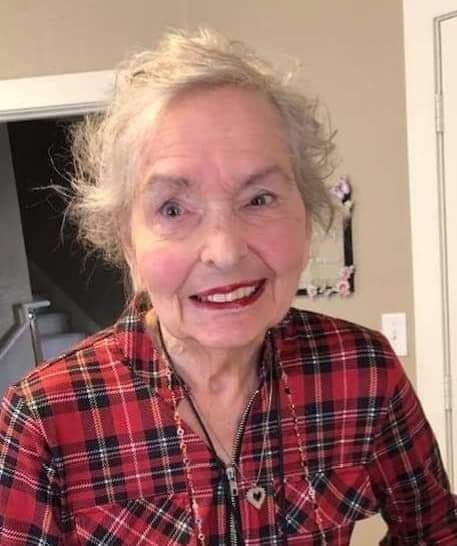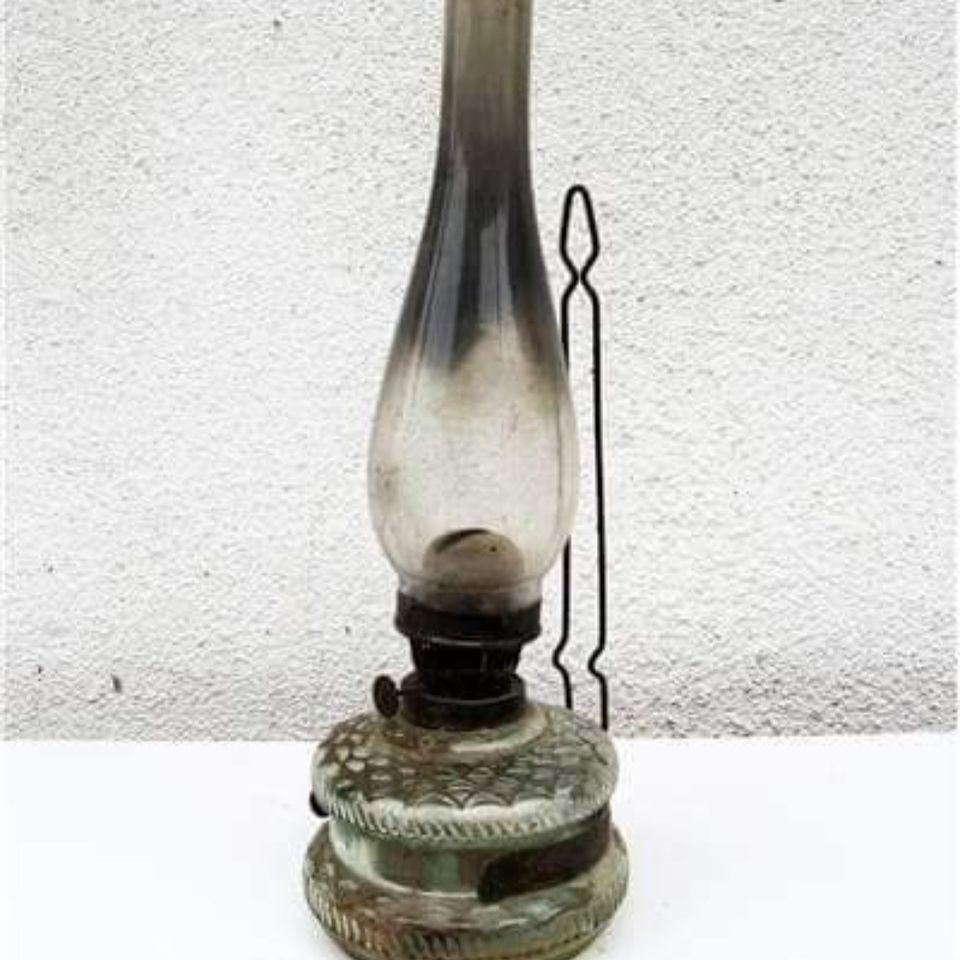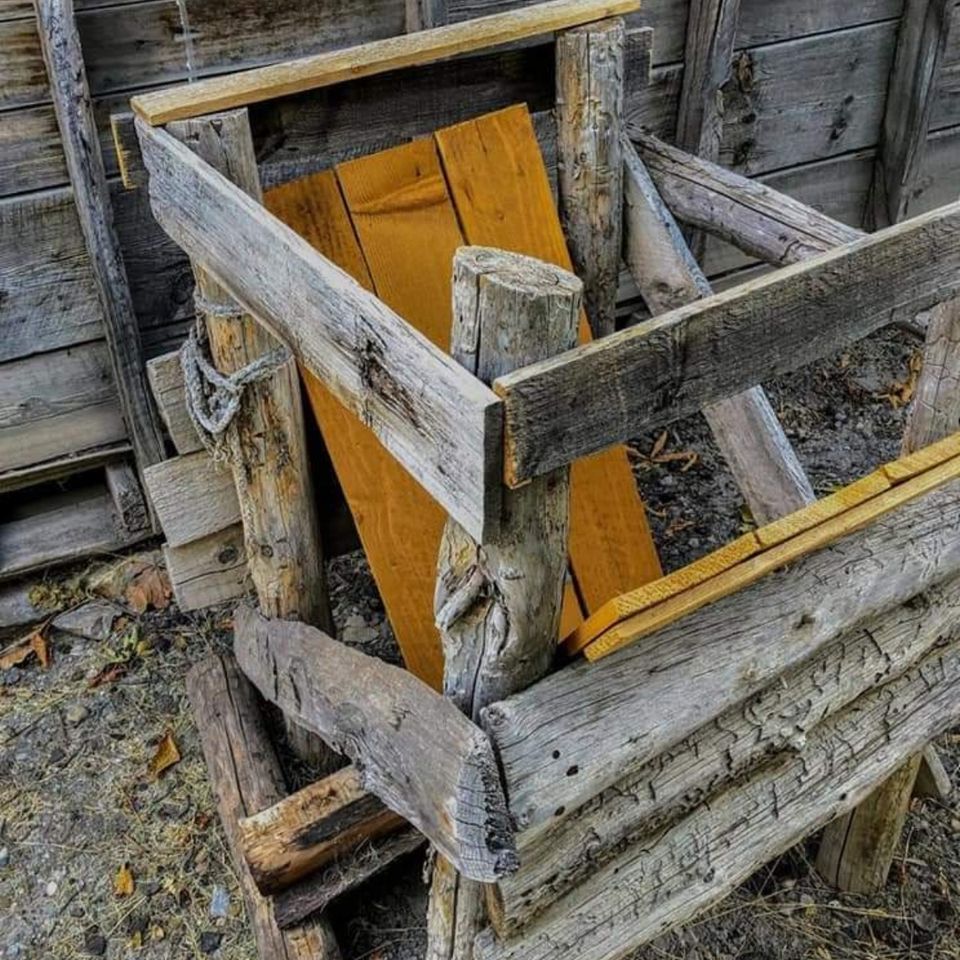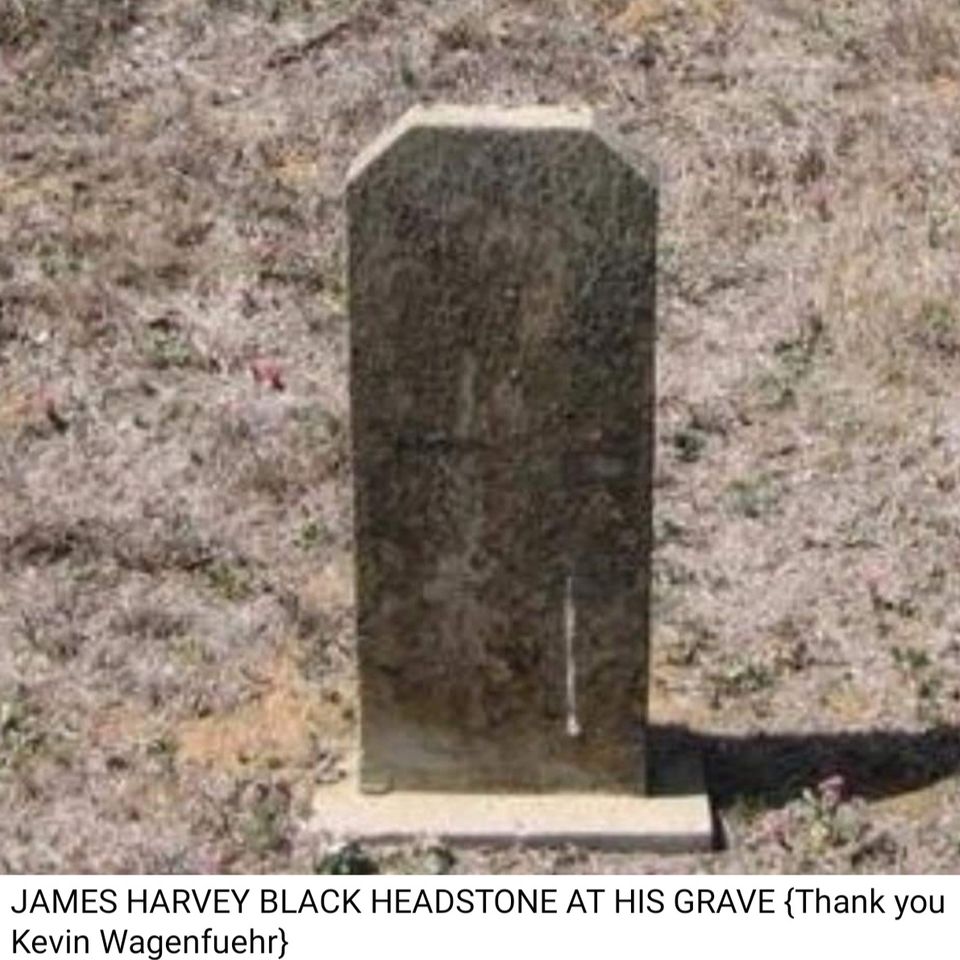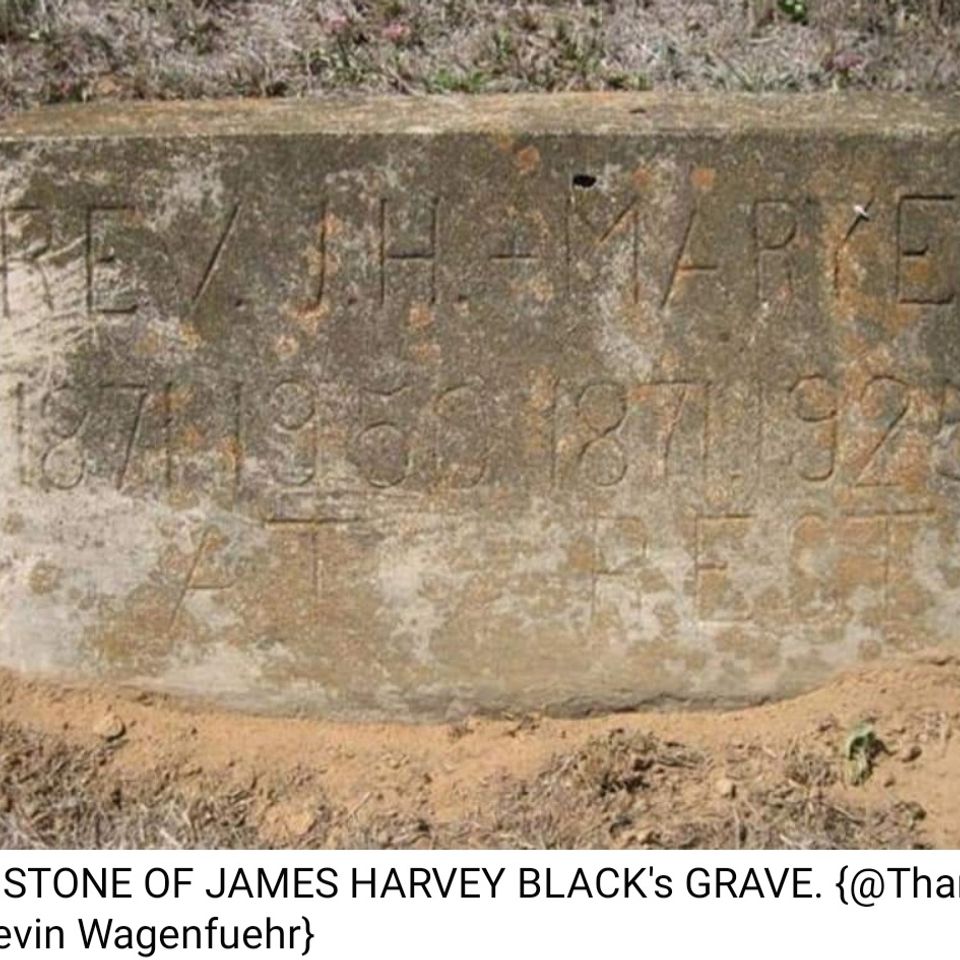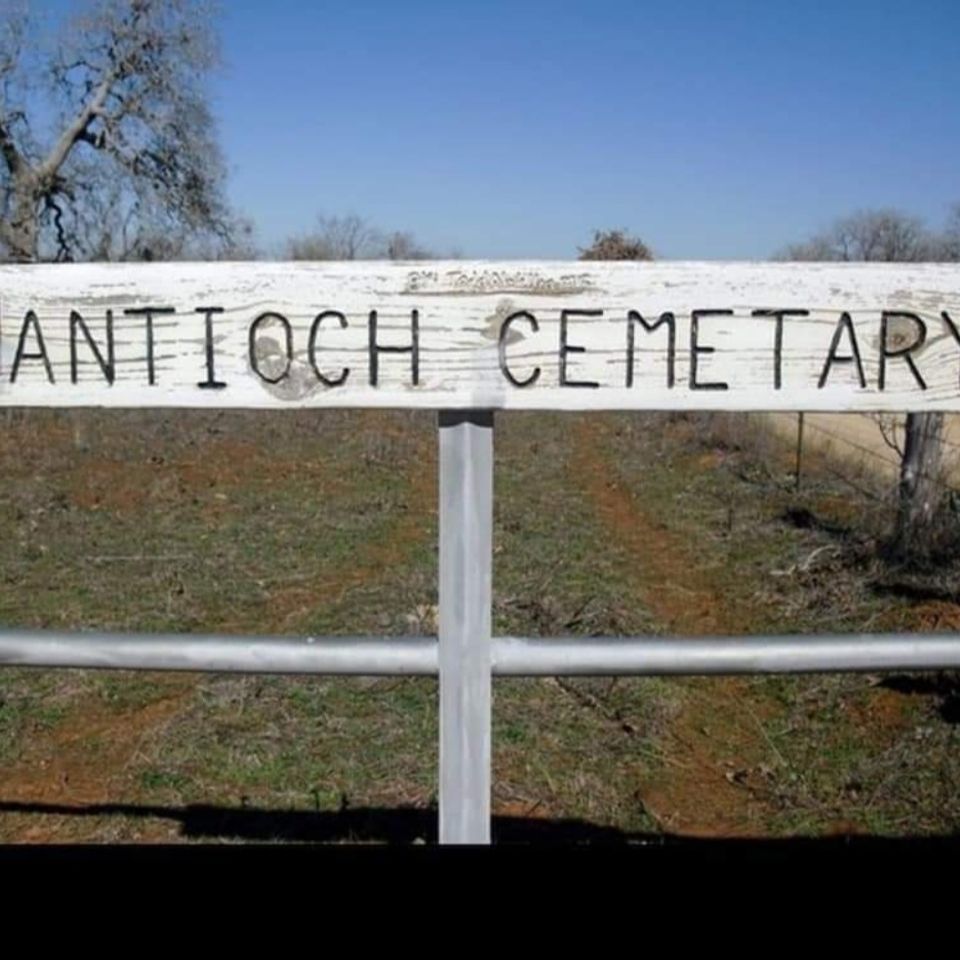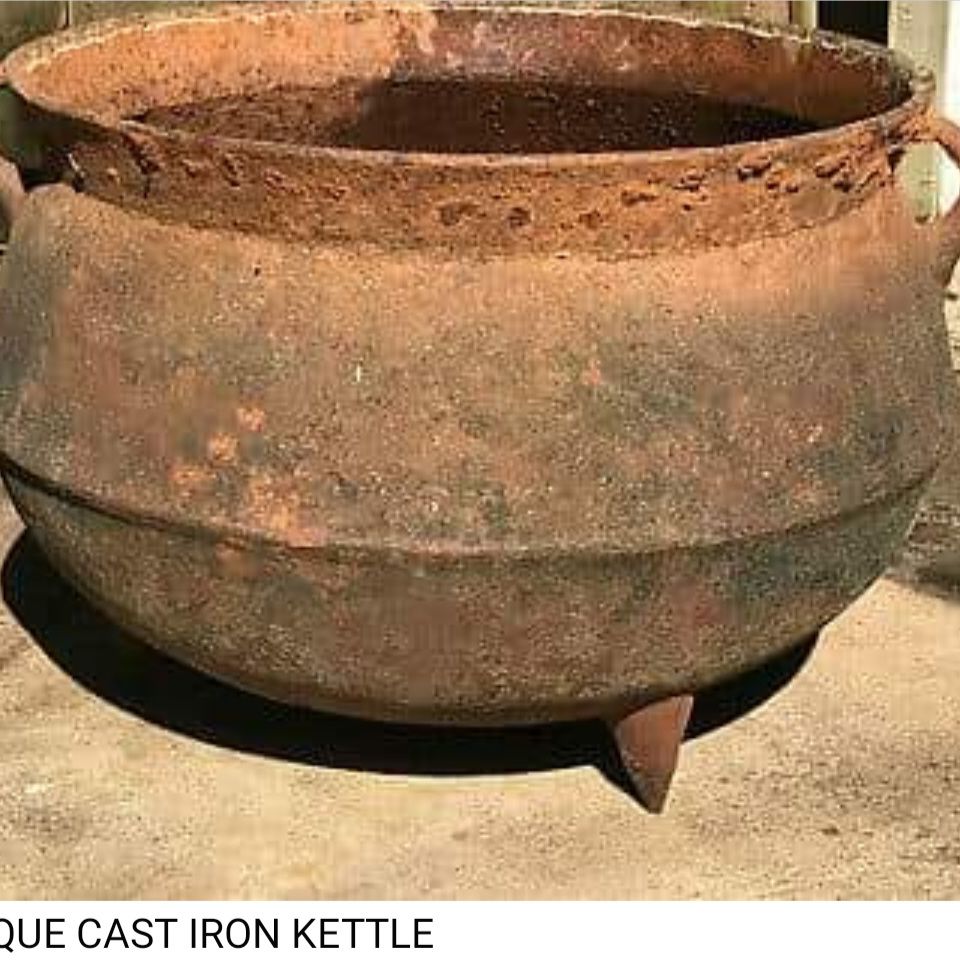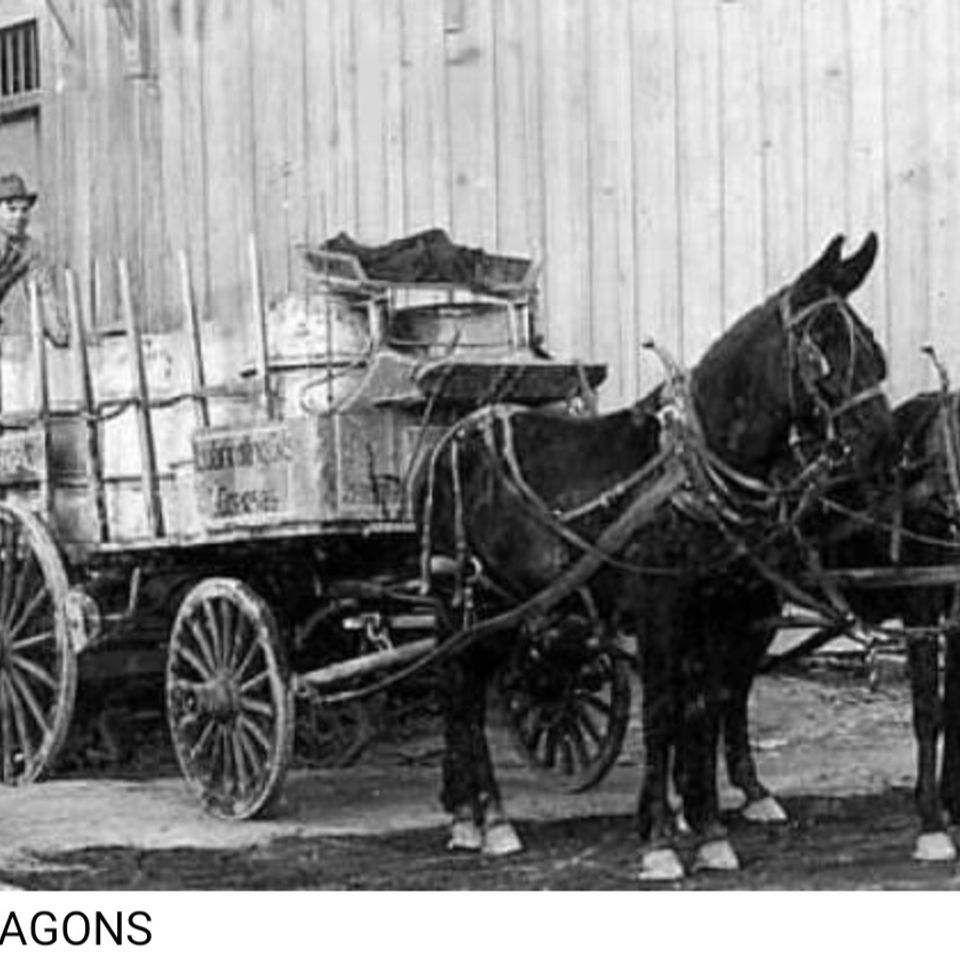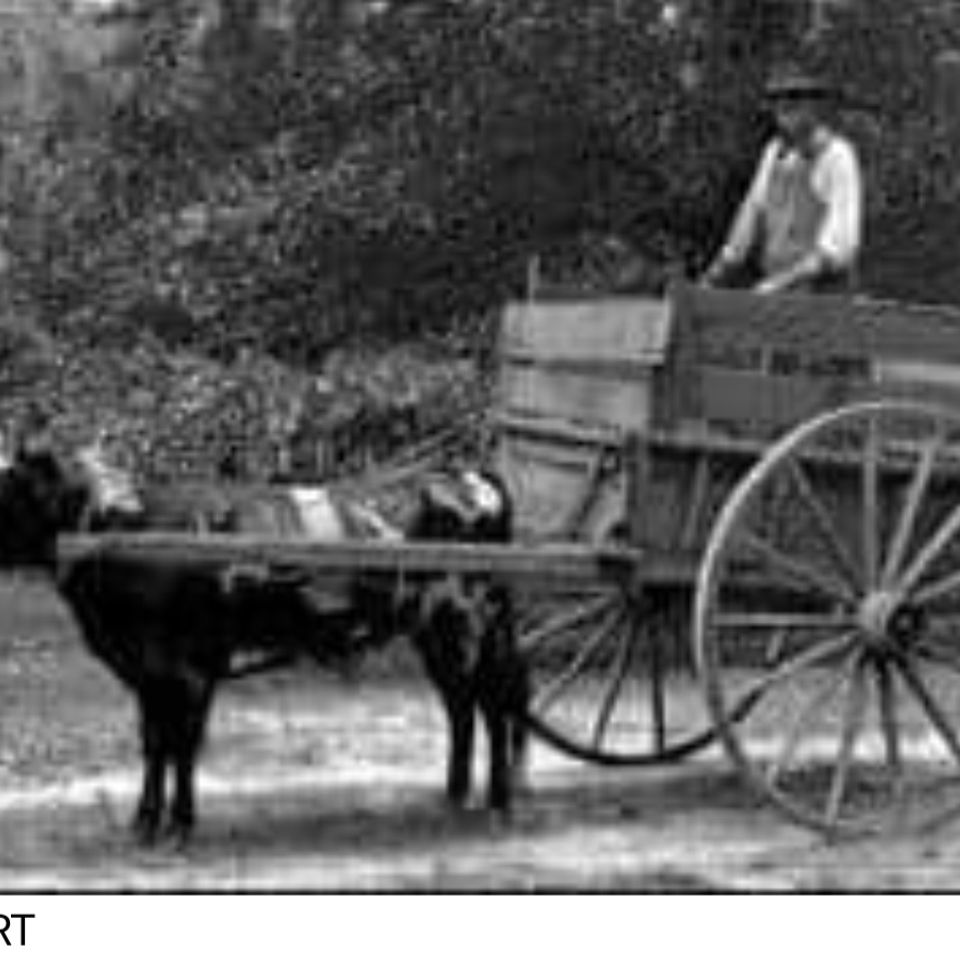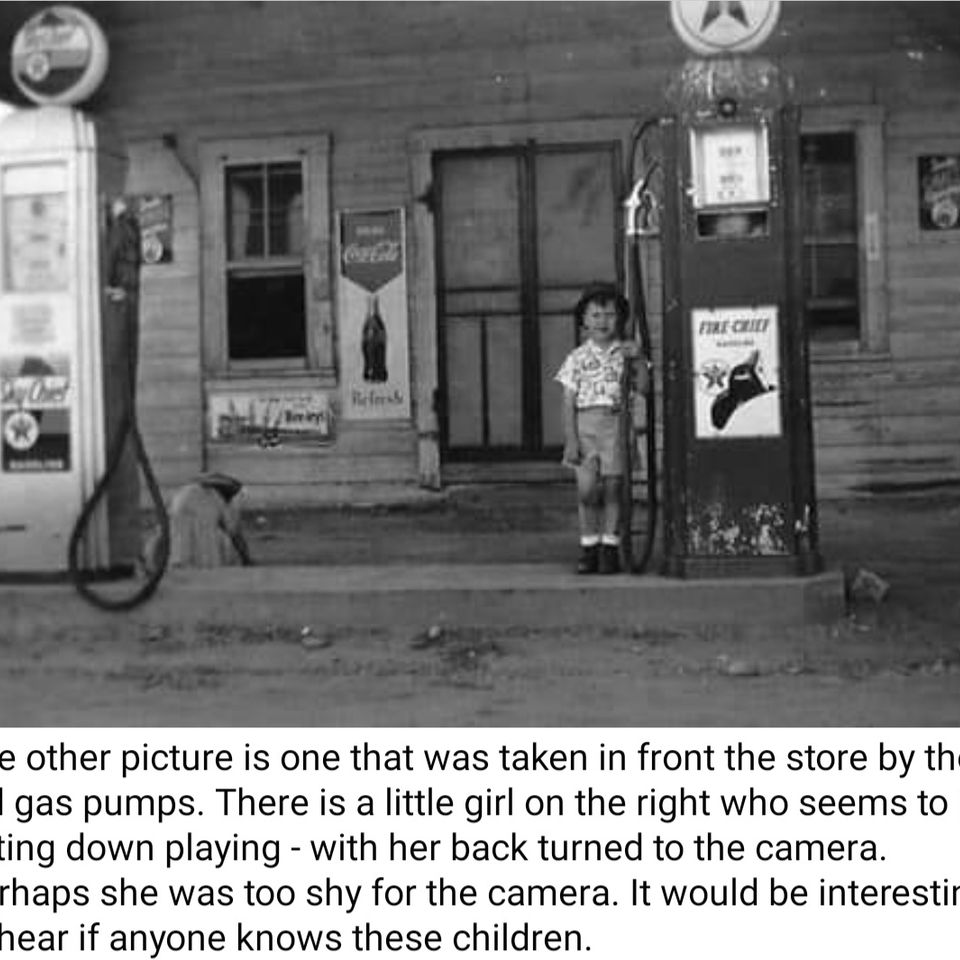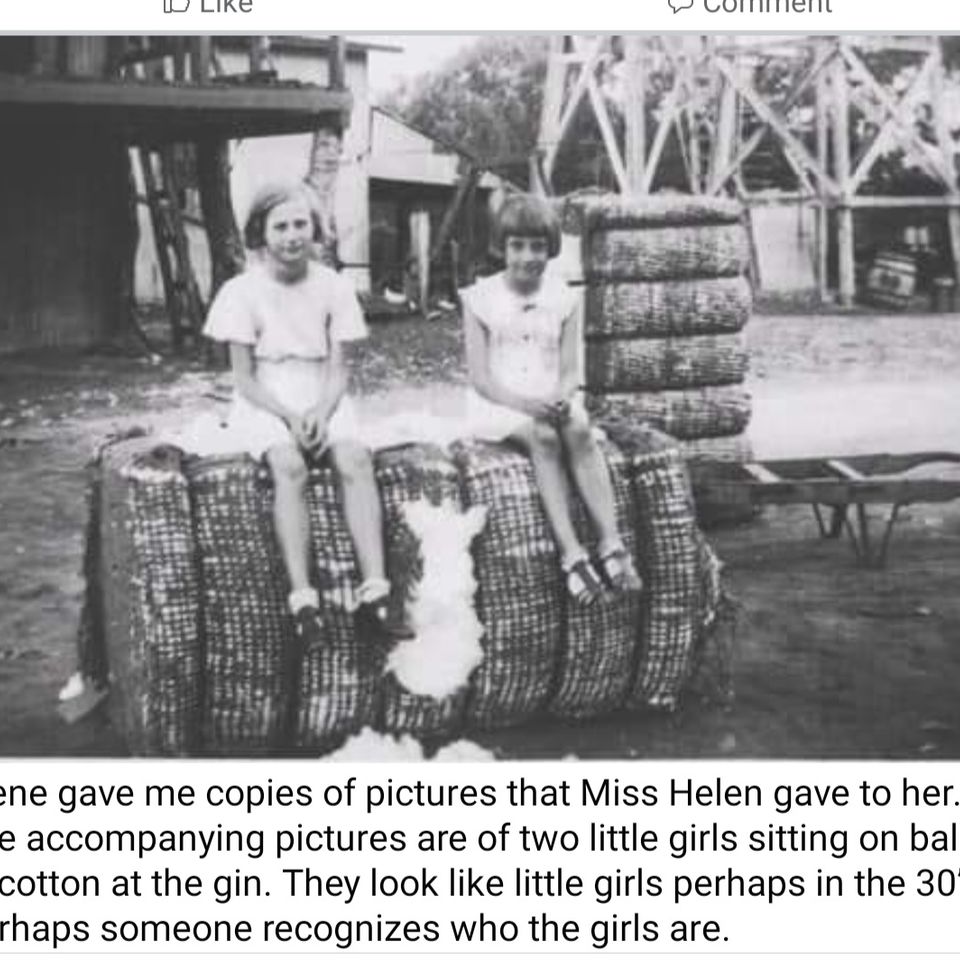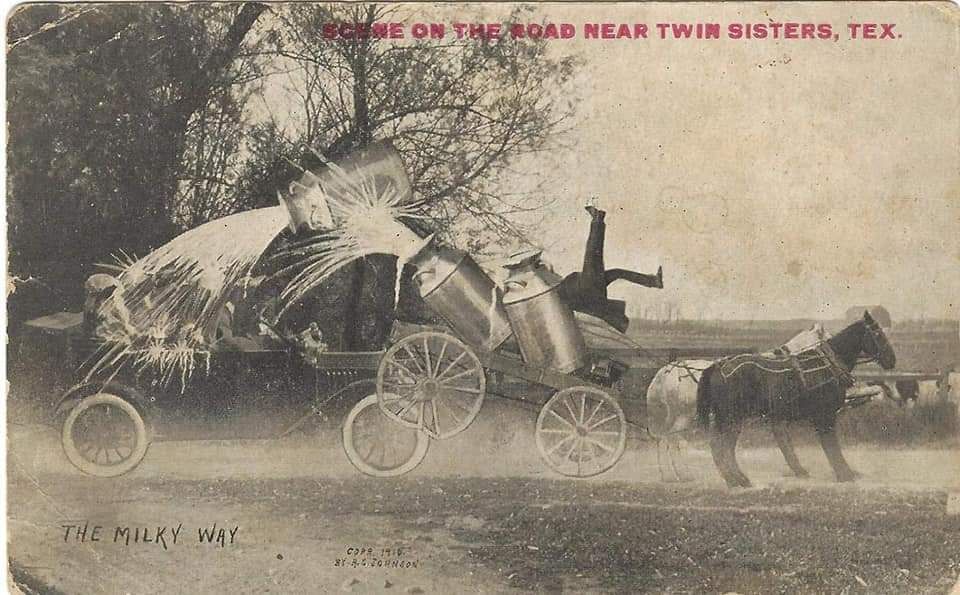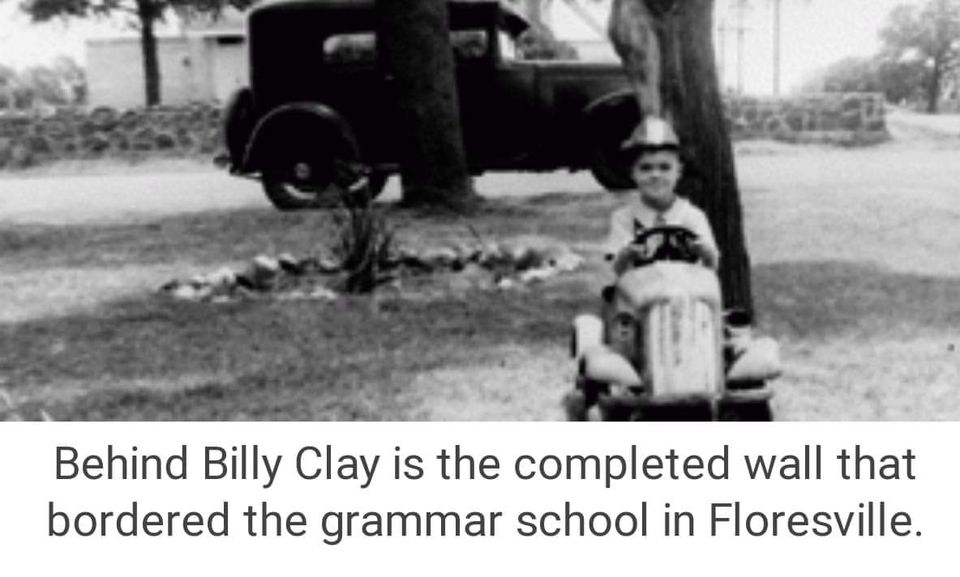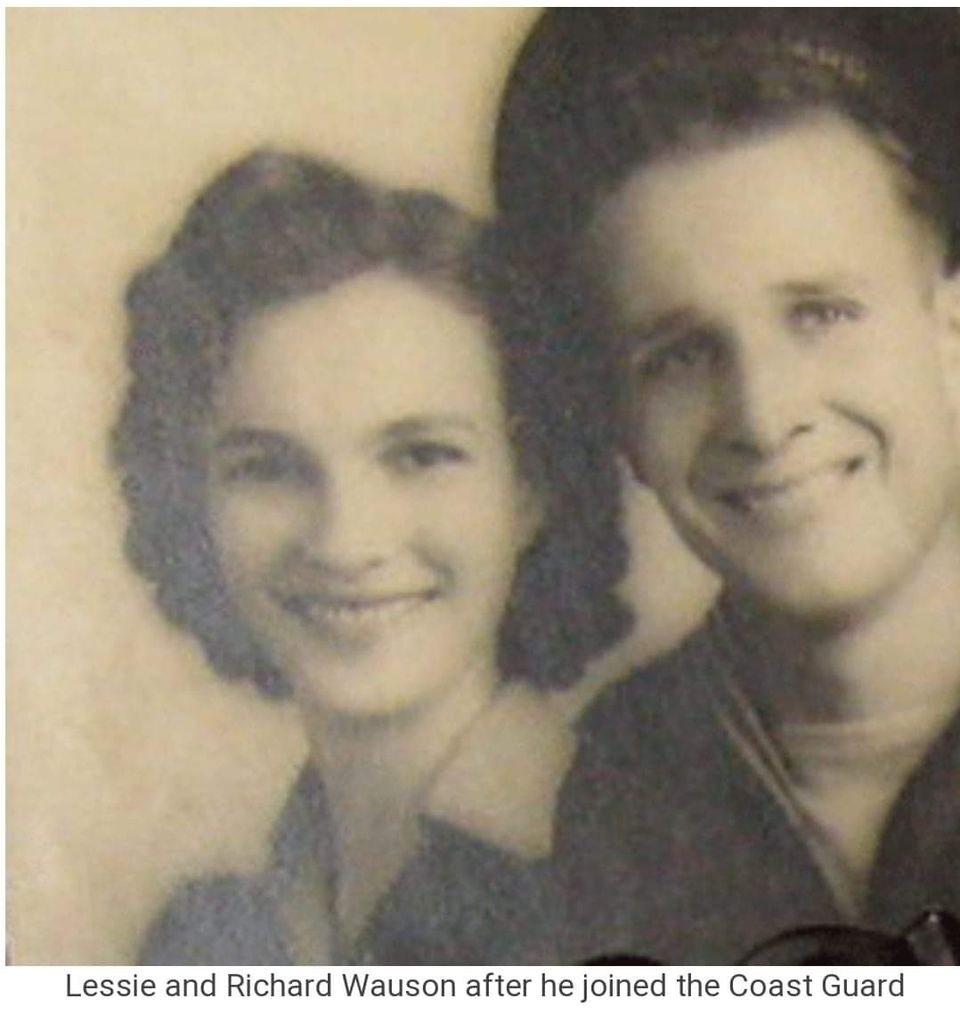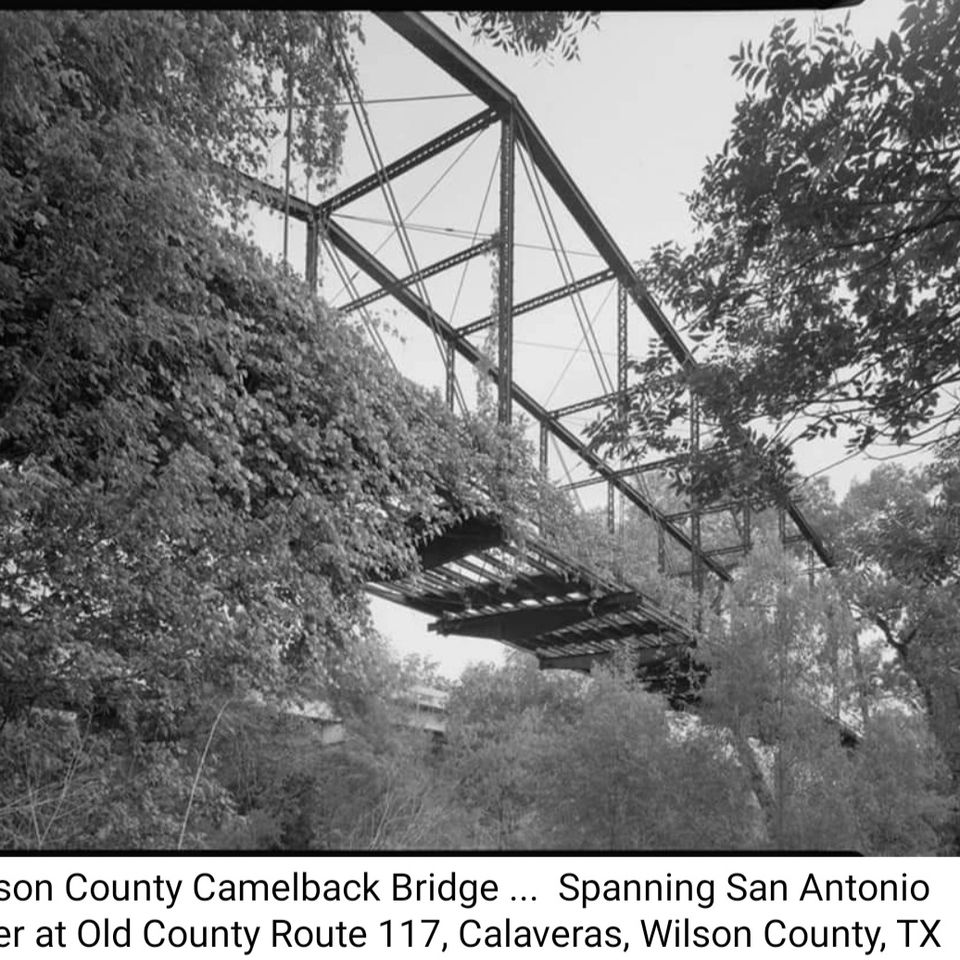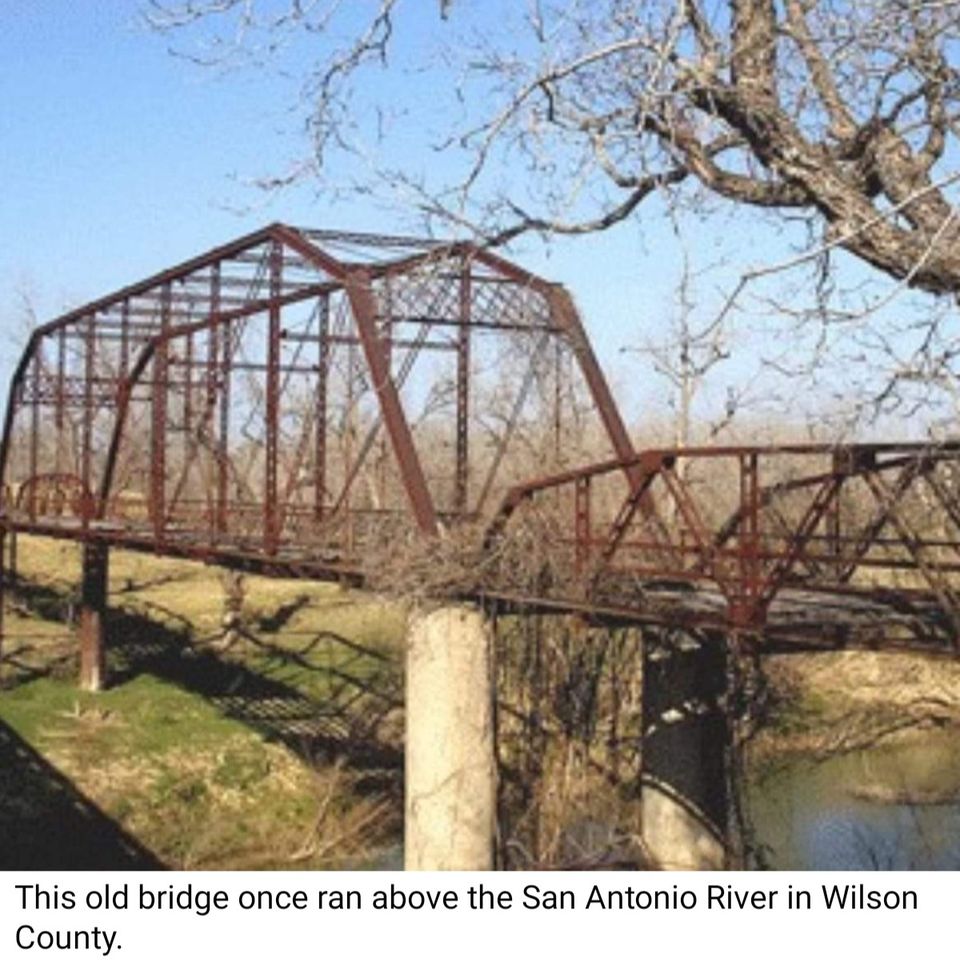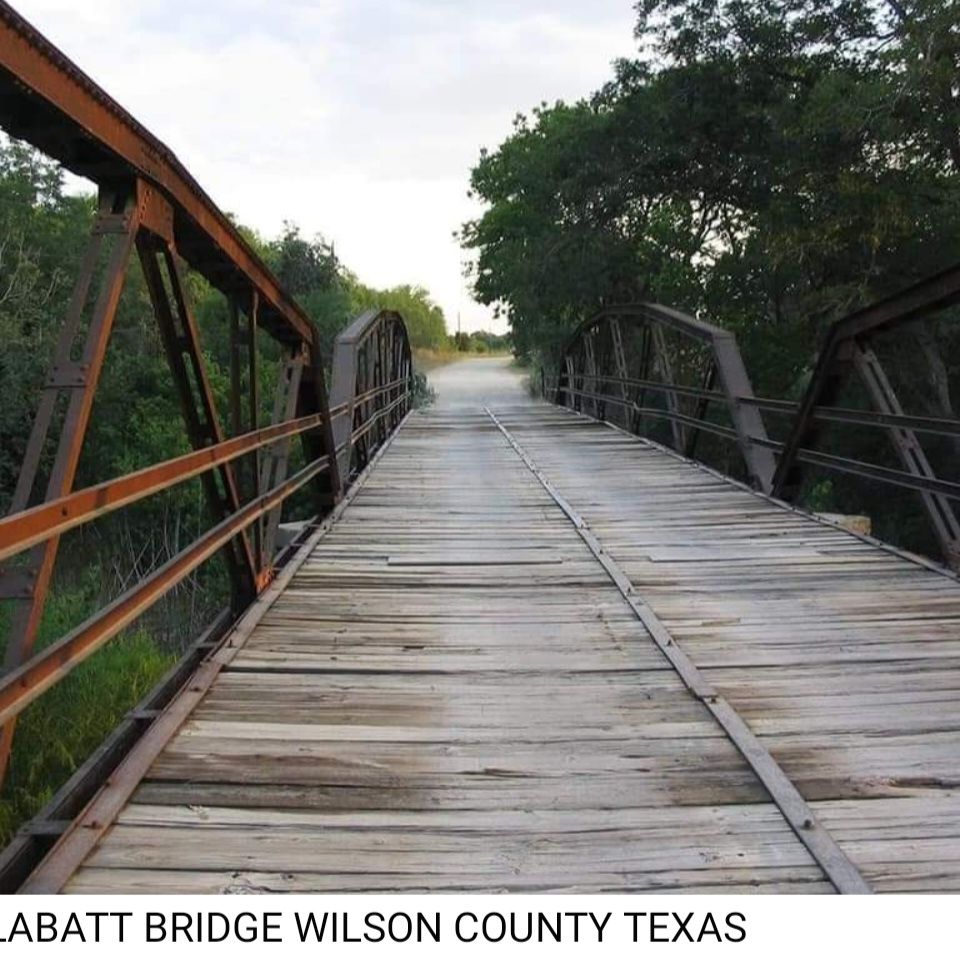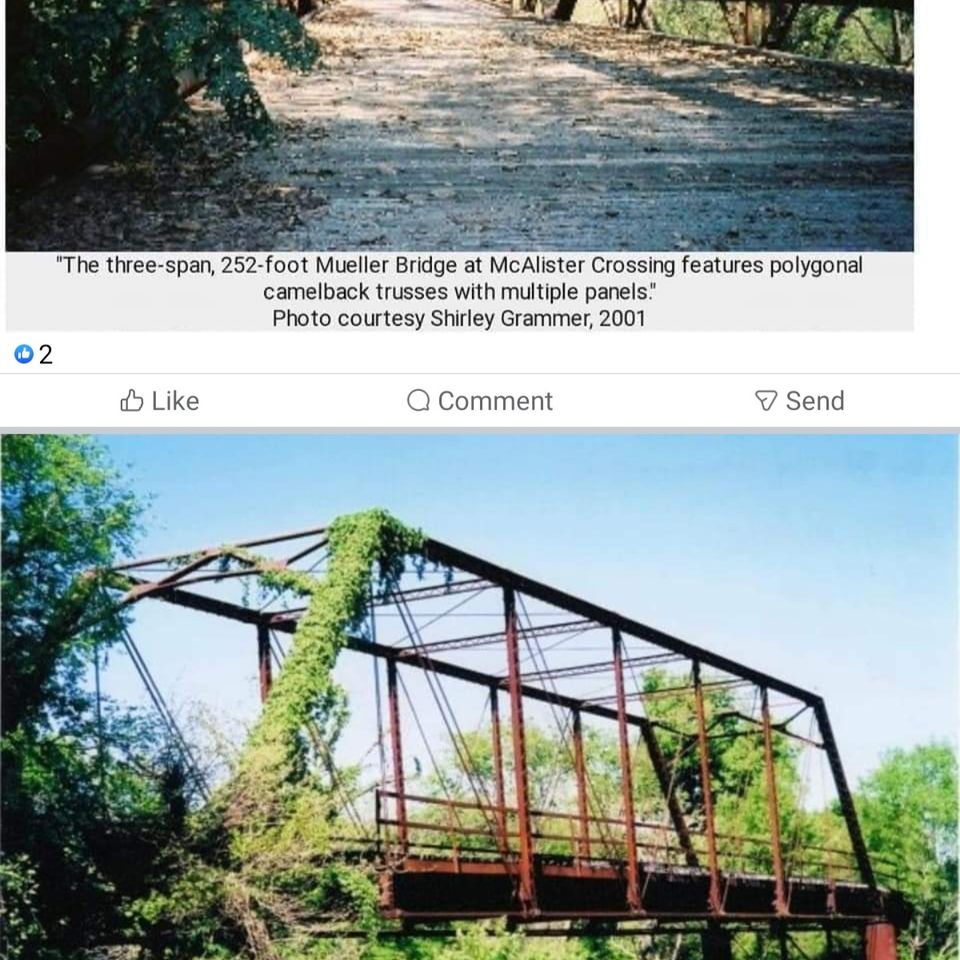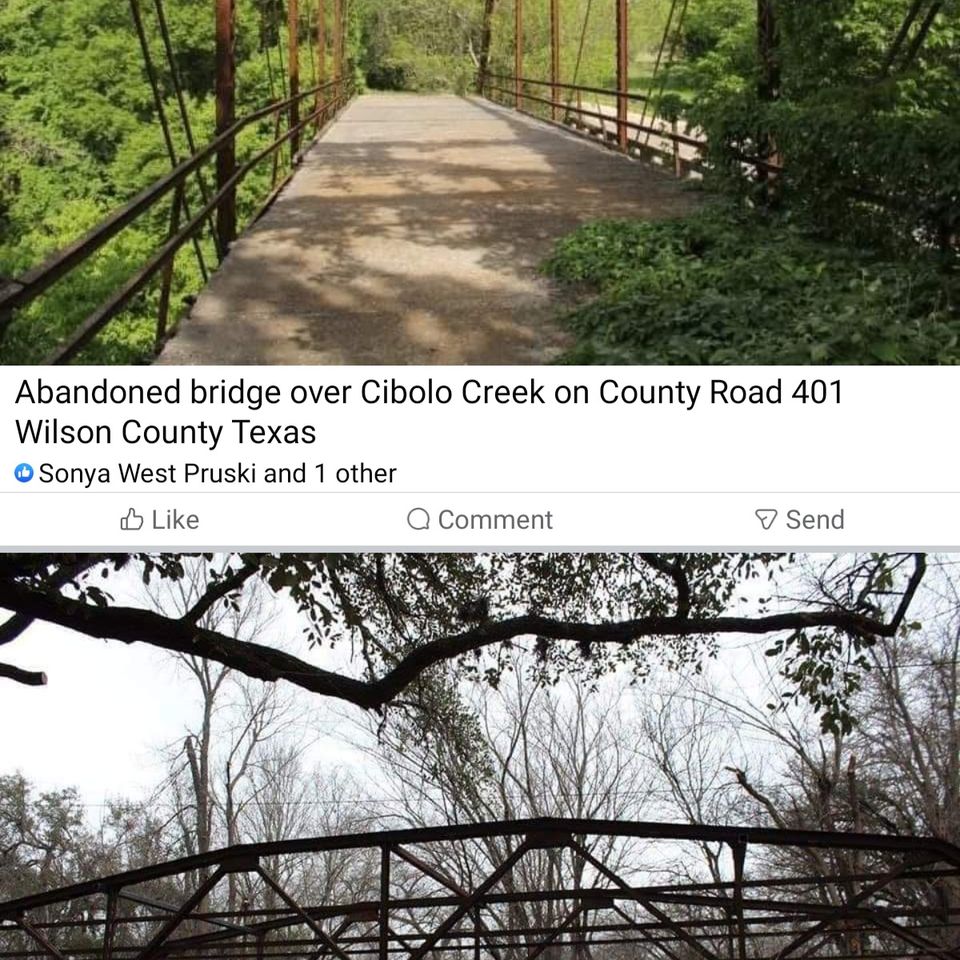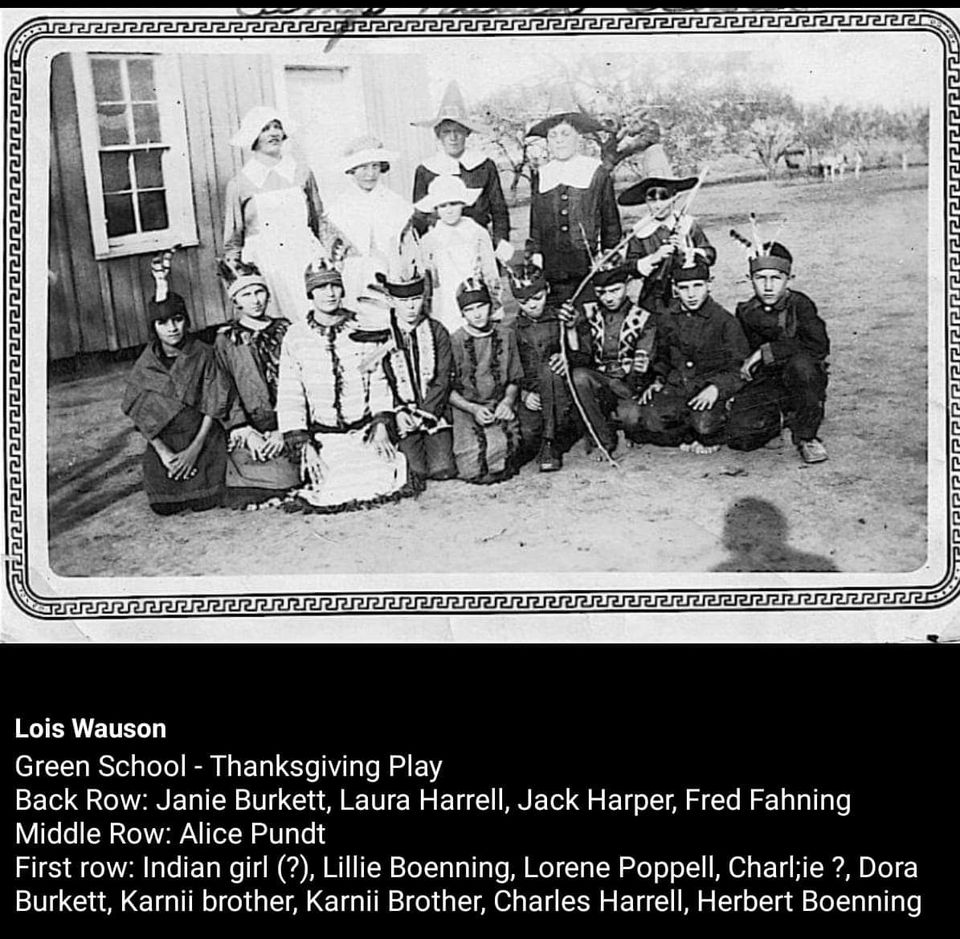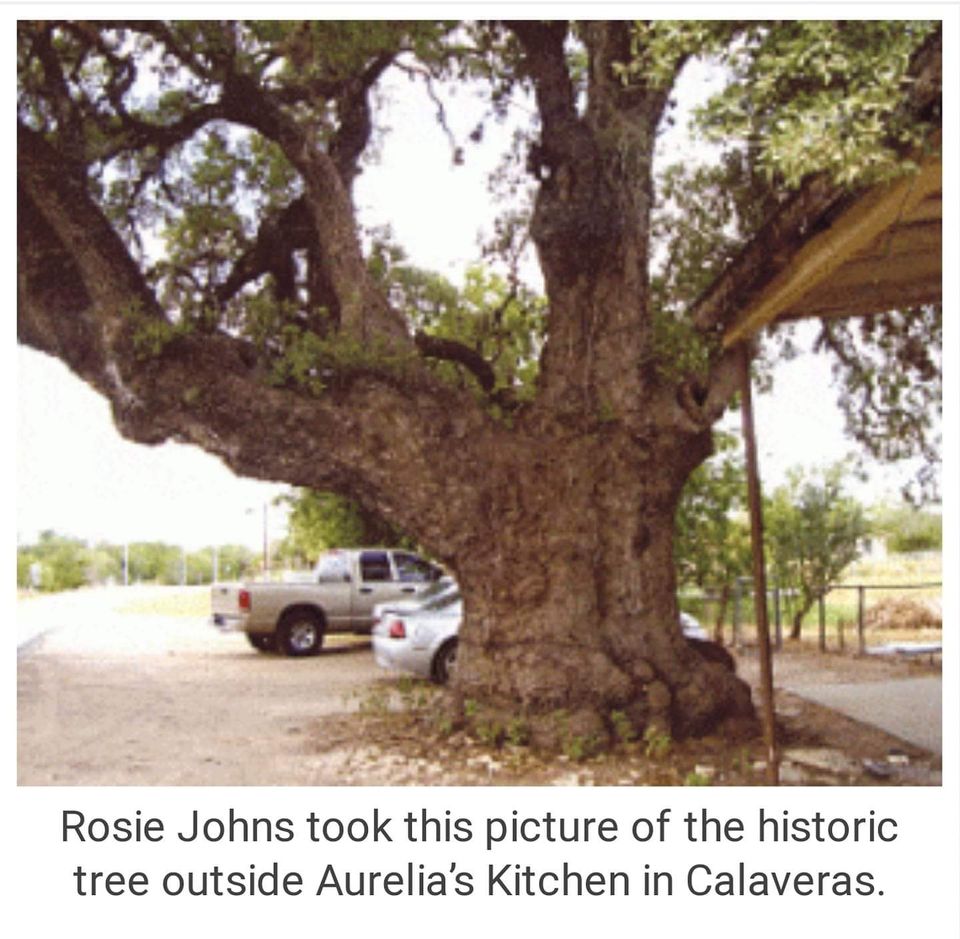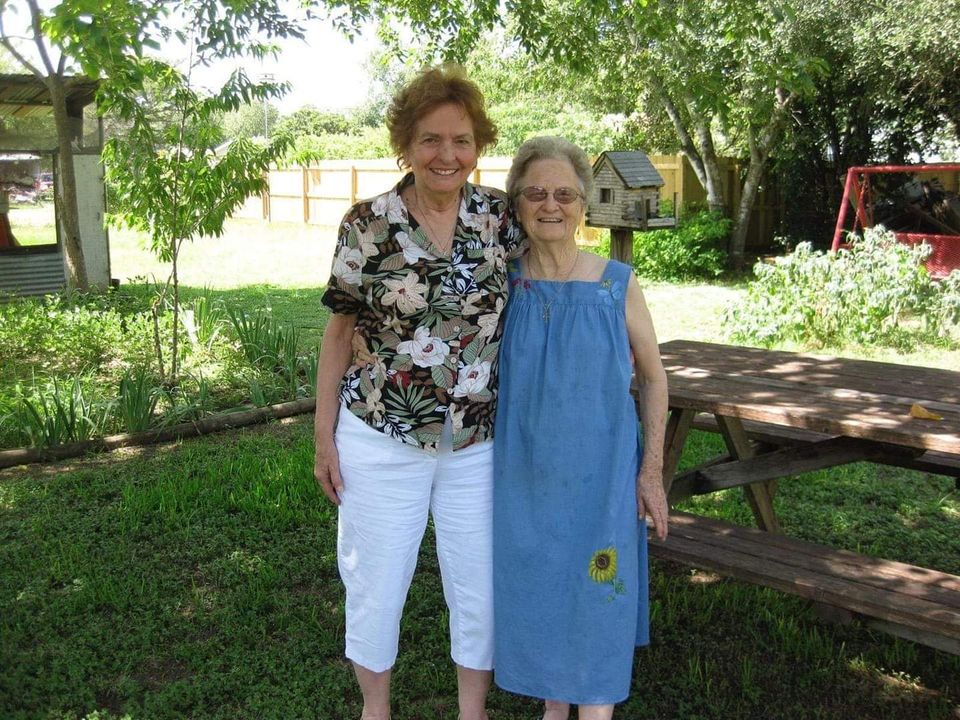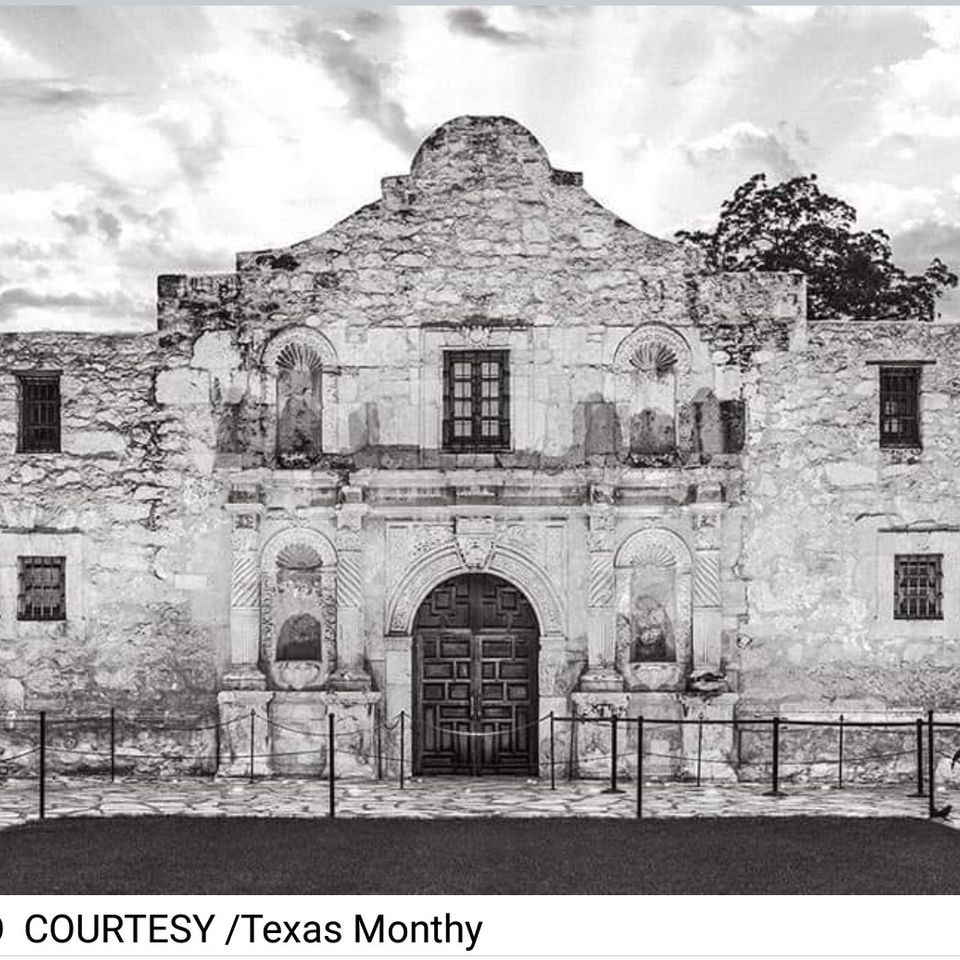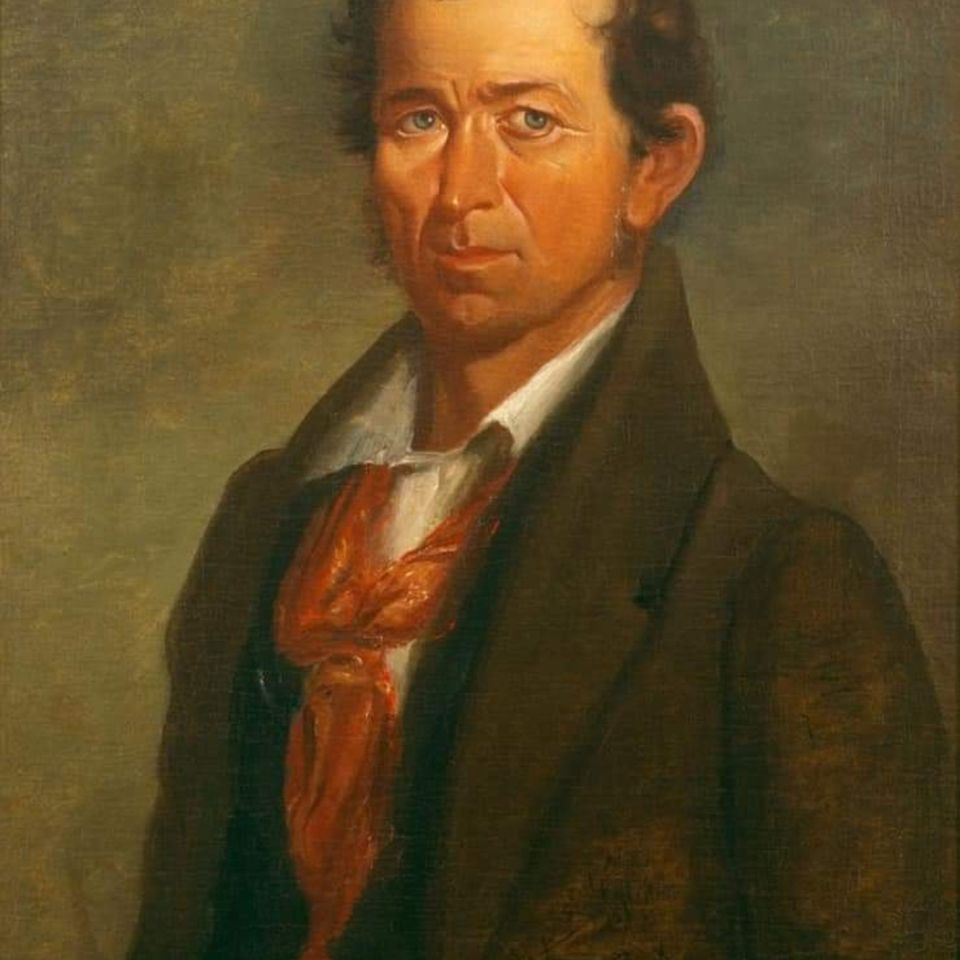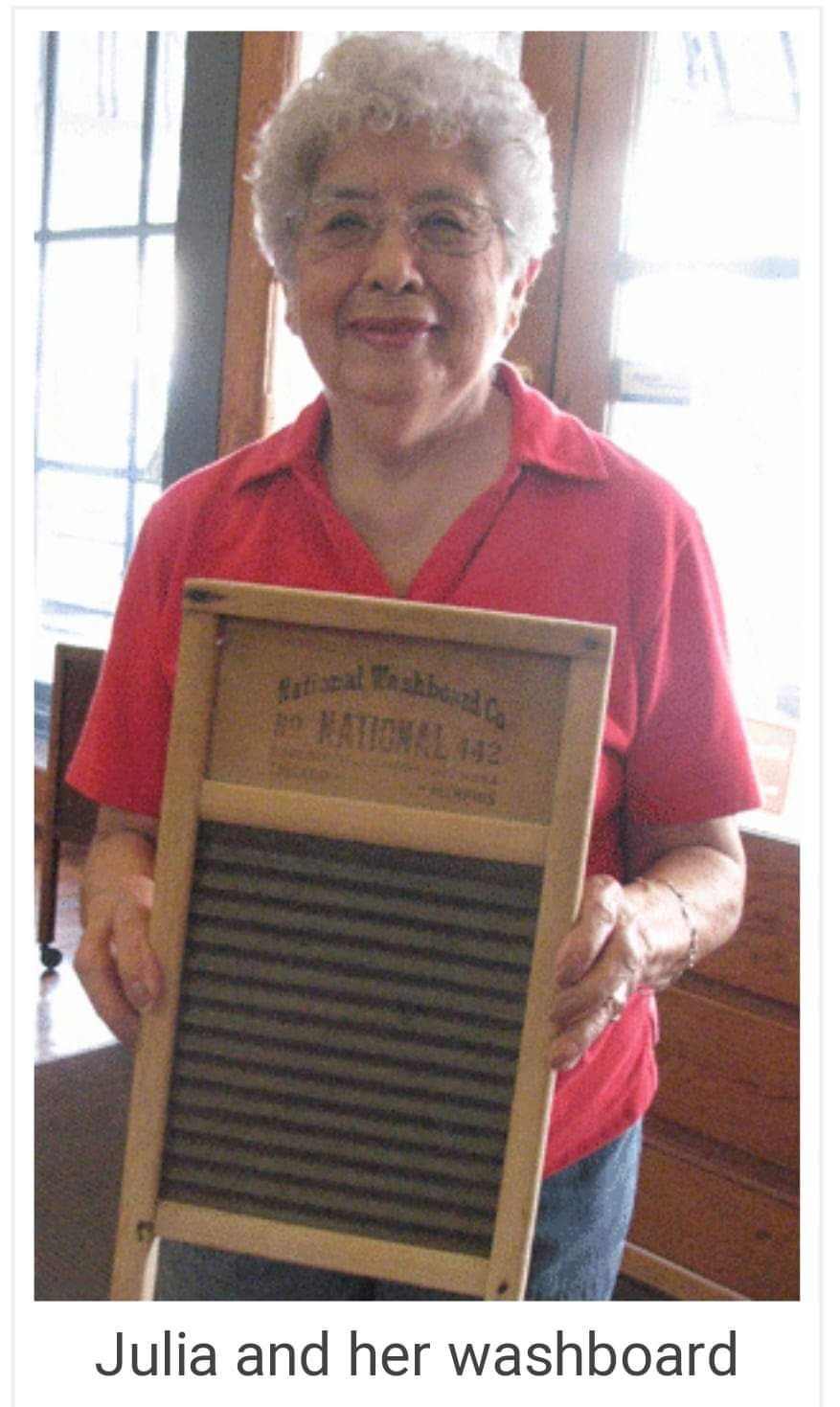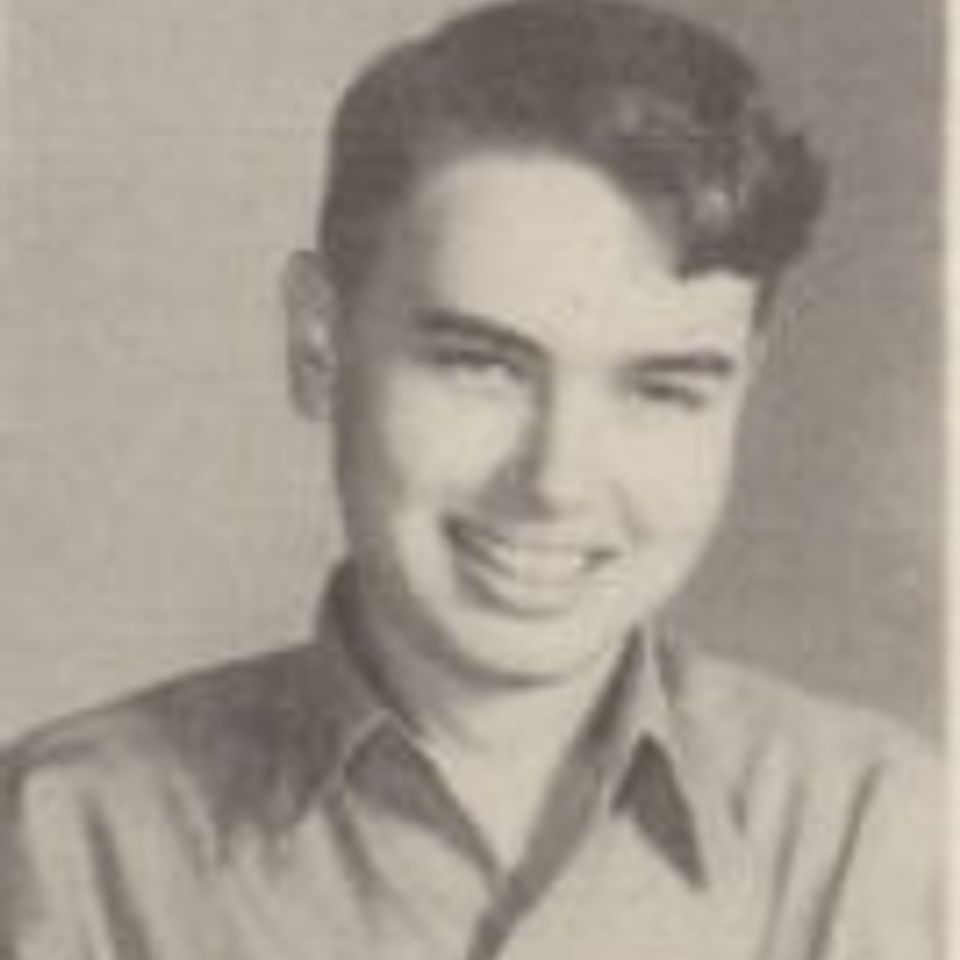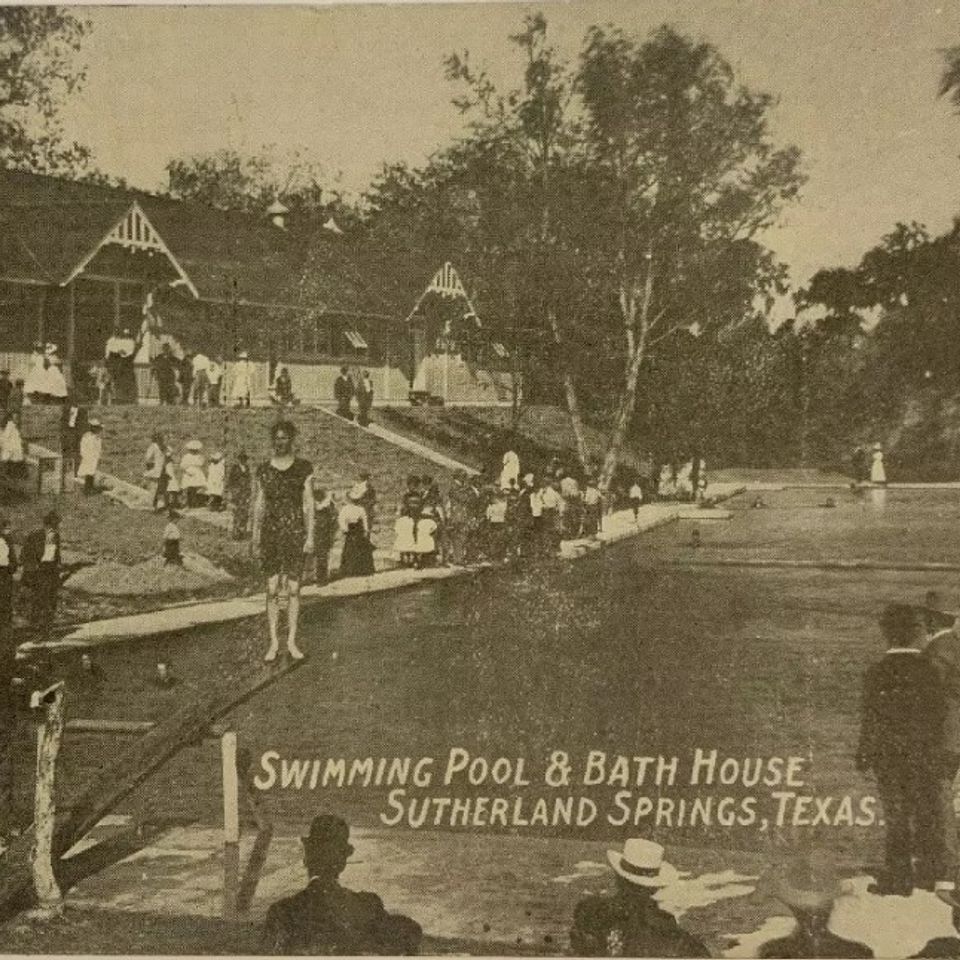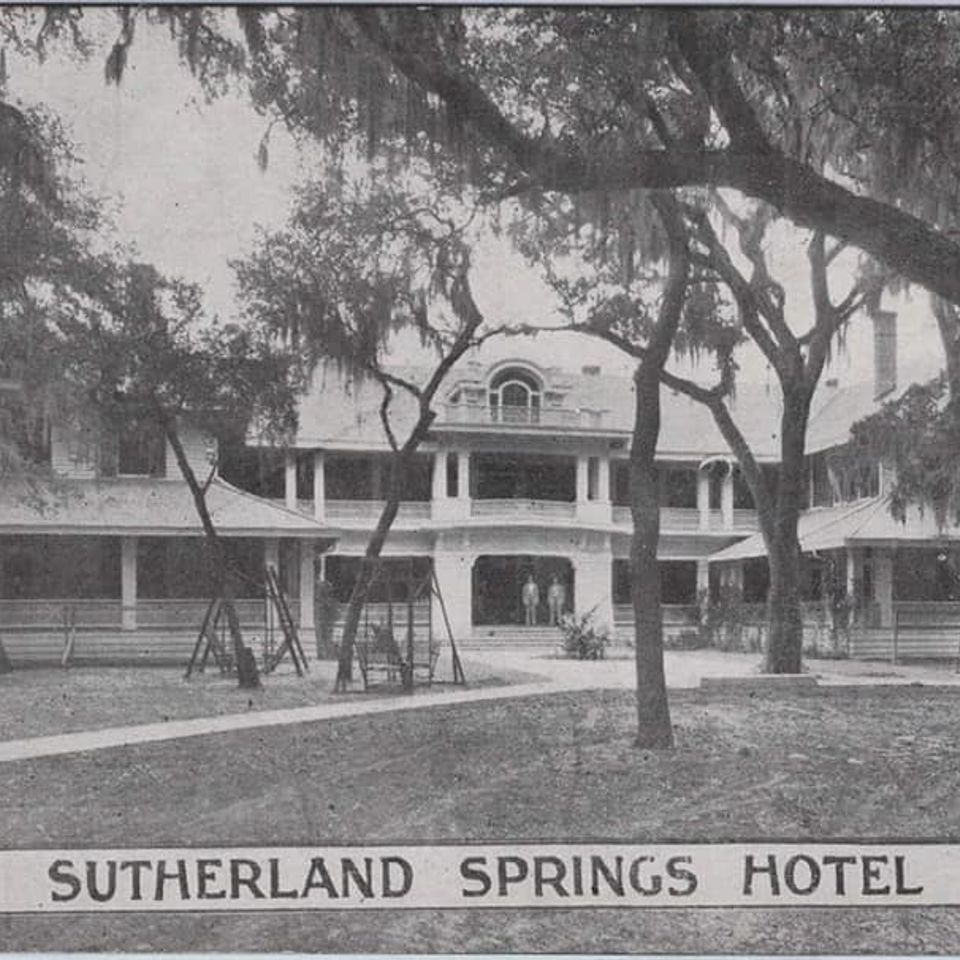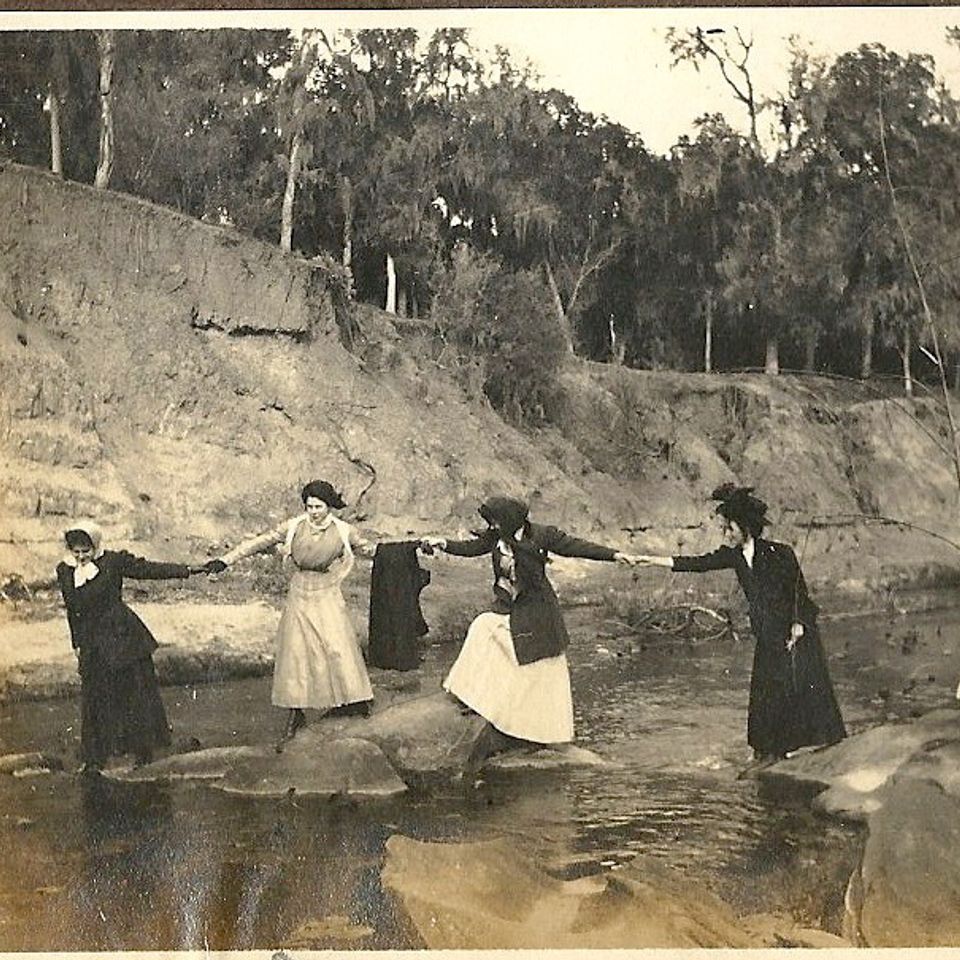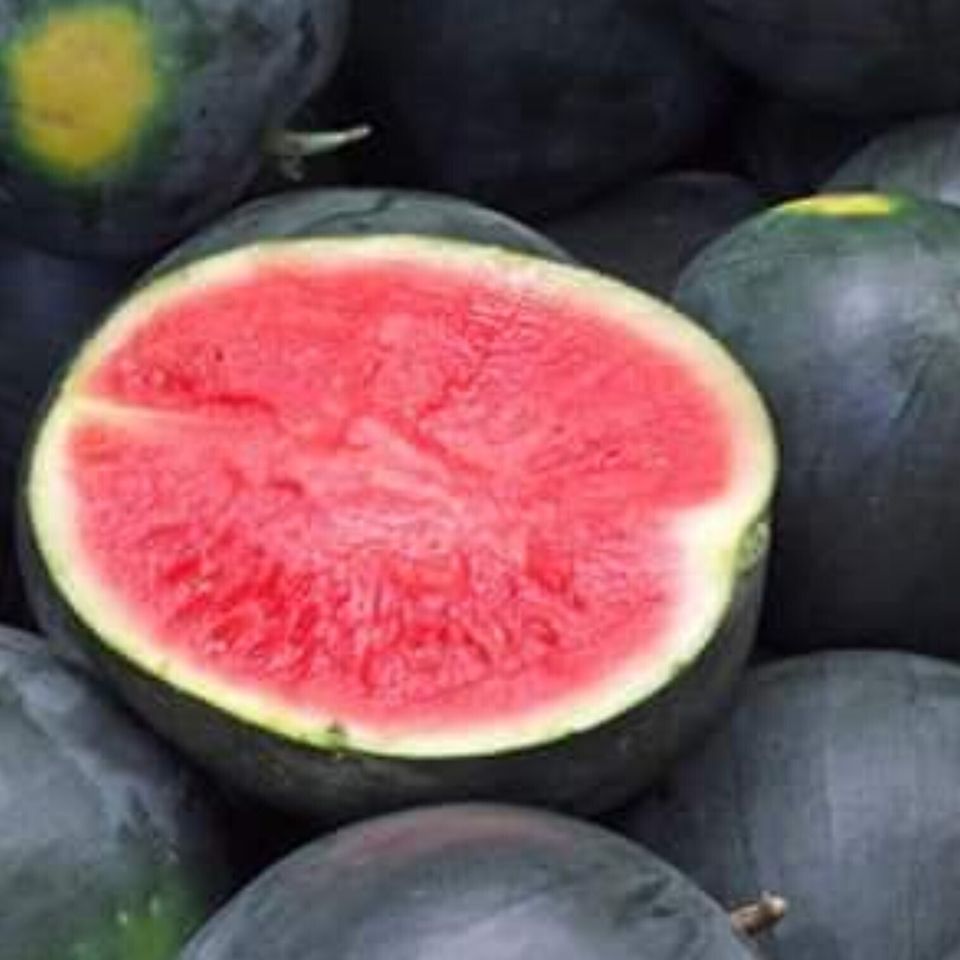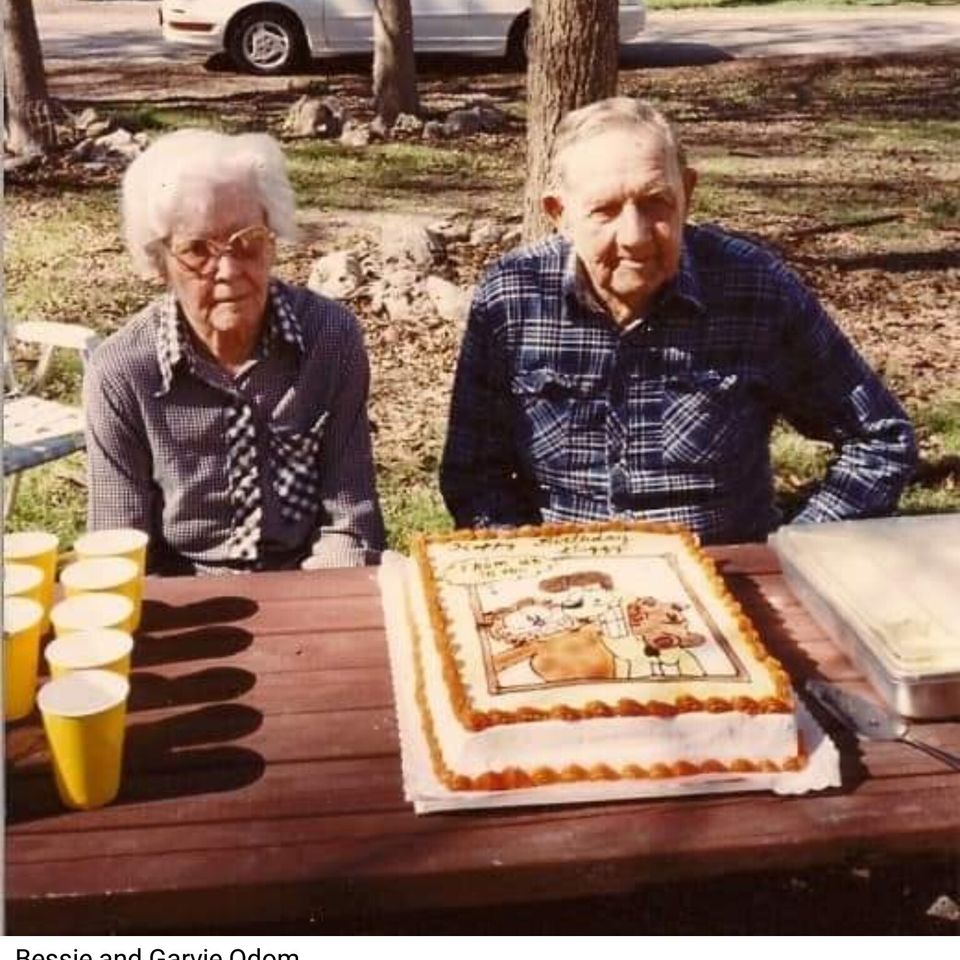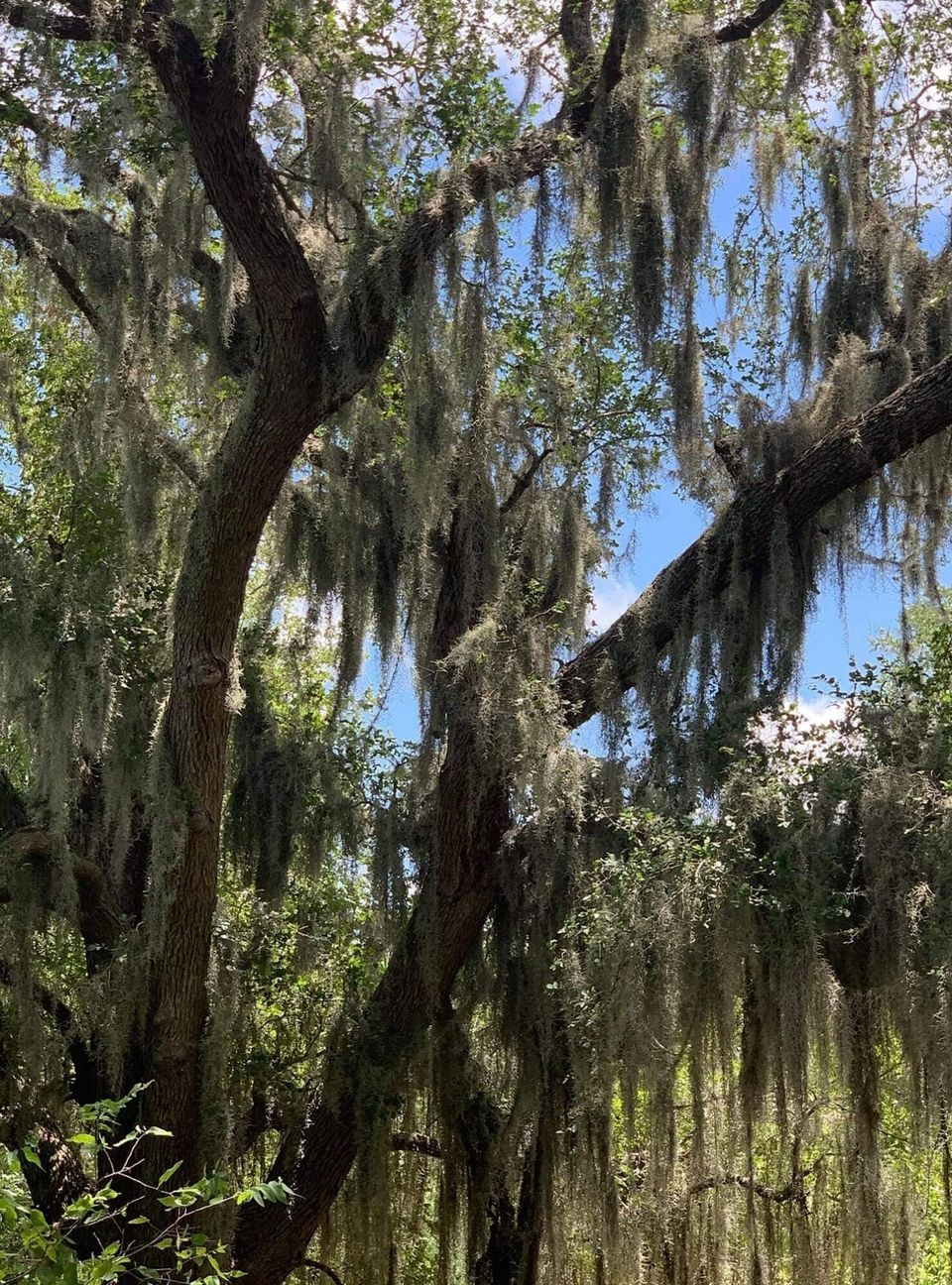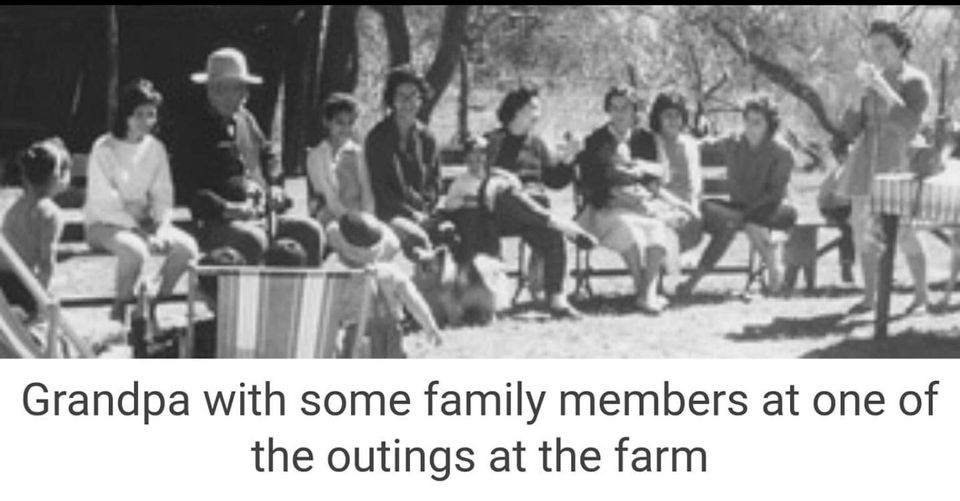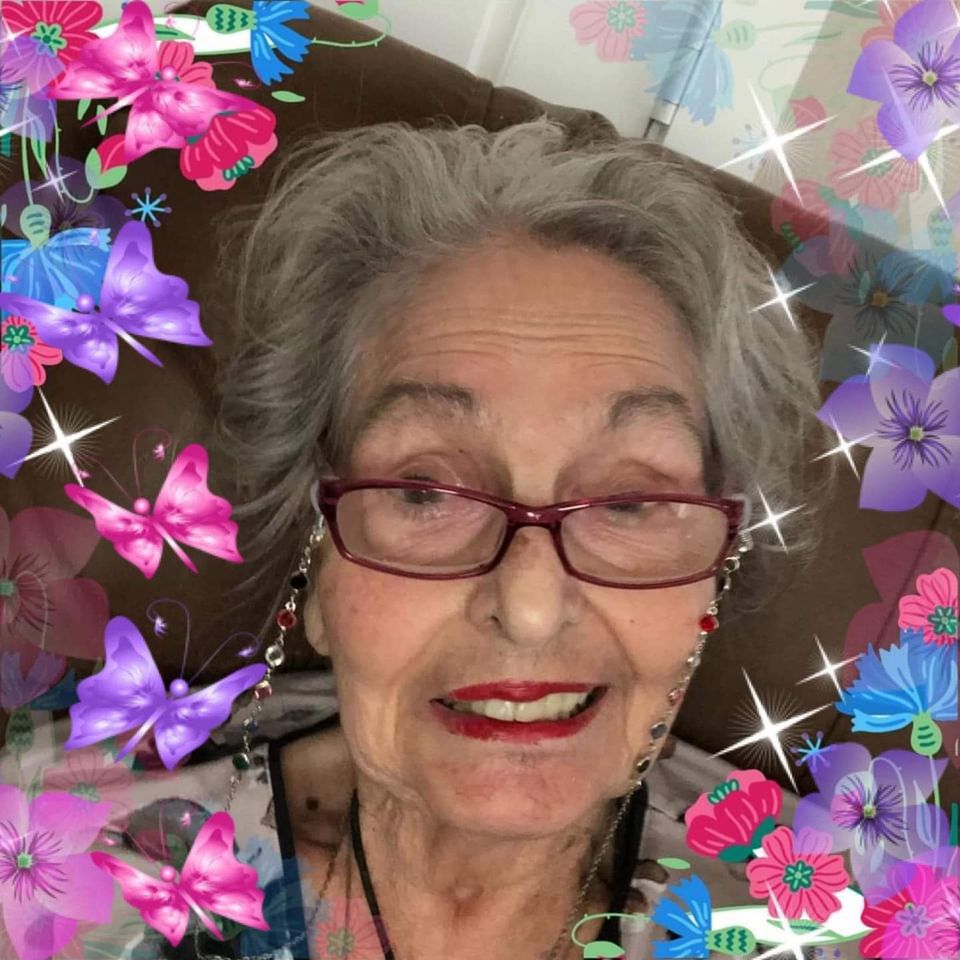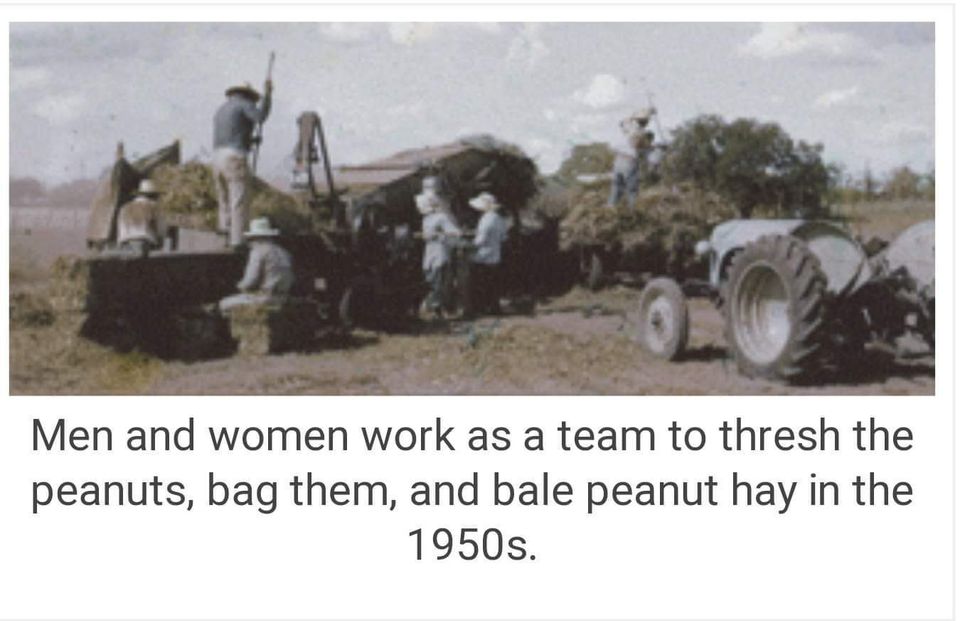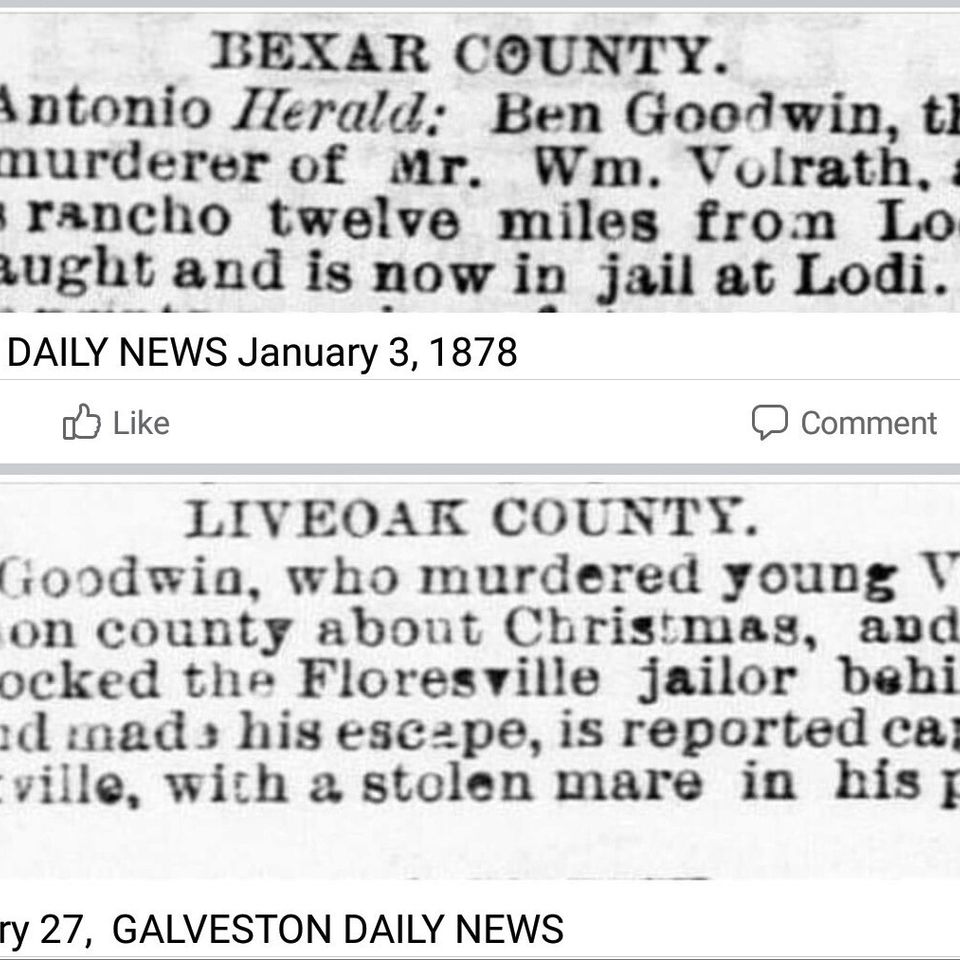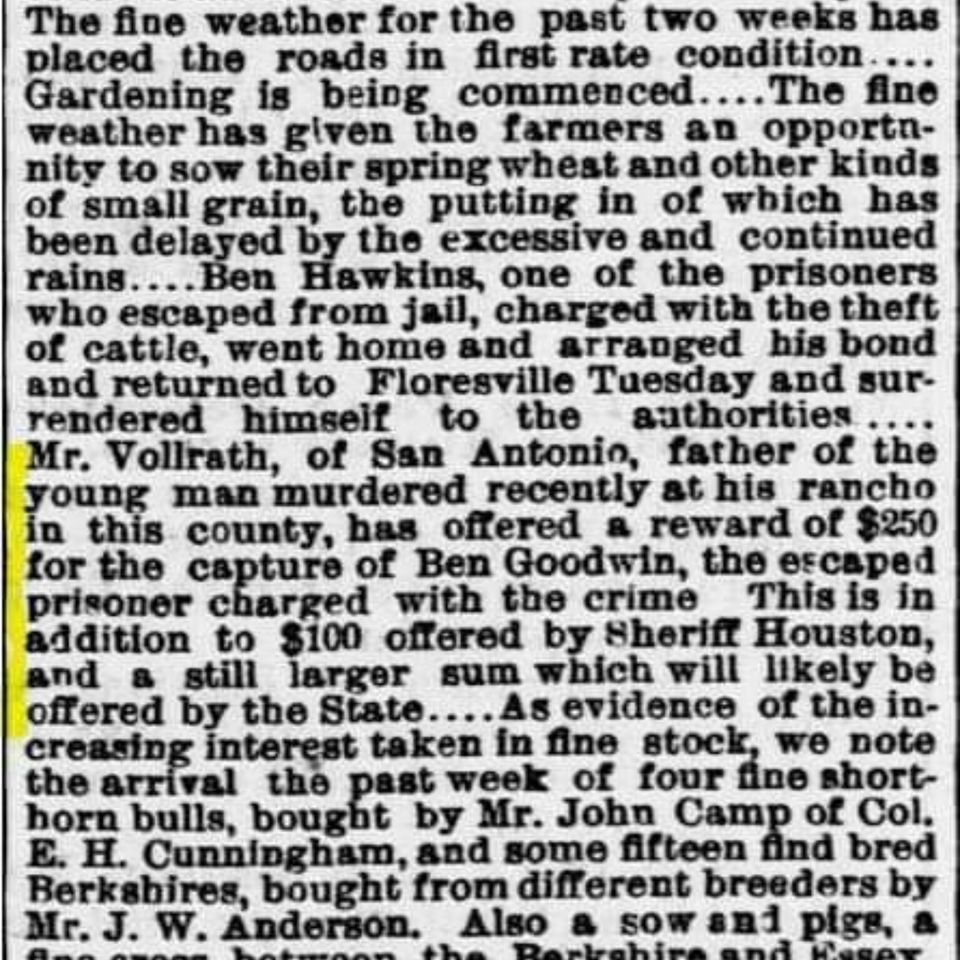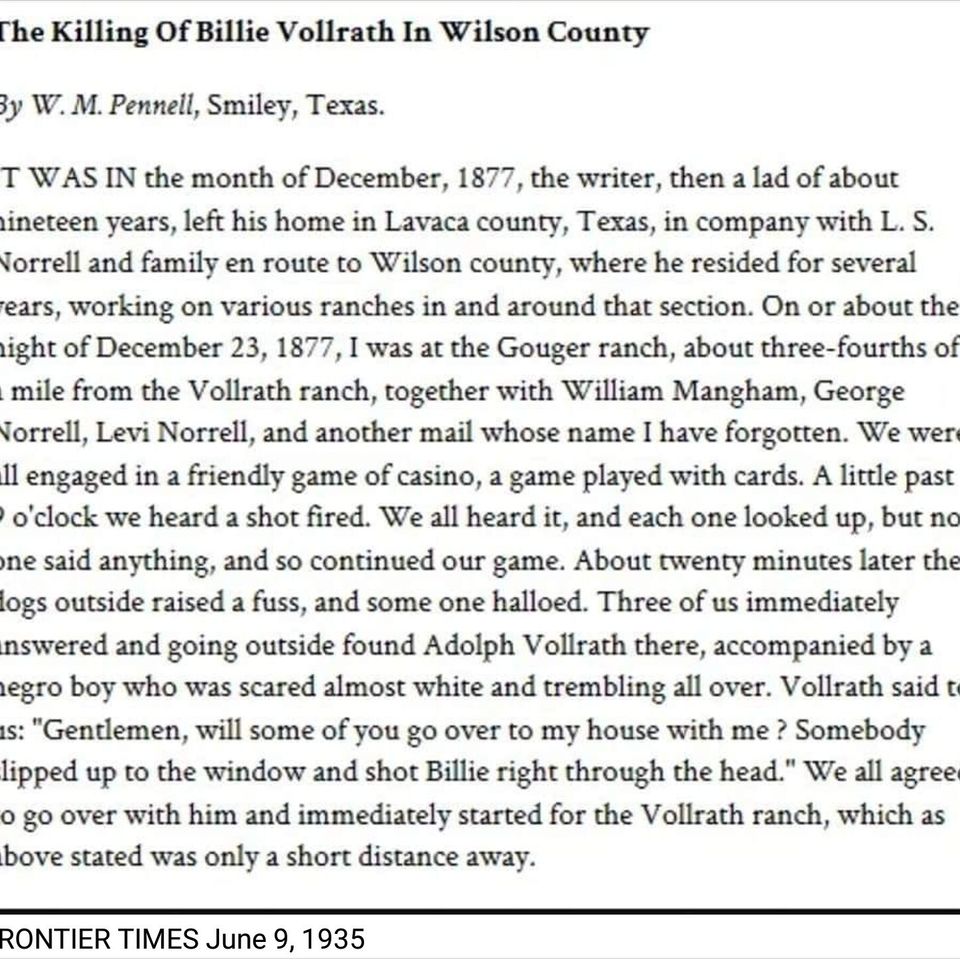by Barbara J. Wood

Memories of Poth, Texas
POTH TEXAS ... (Courtesy of writer/columnist Lois Wauson)
Willie Jay Moore was born in Blanco Texas, on April 2, 1897. She married James Henry Moore in Stockdale Texas in 1913. They lived in the Kasper community for a few years, living on what was known as the Eckel Ranch (across the road from Kasper School then). They had three children, Warnell, Opal, and Coy. Coy drowned when he was 18 months old at the ranch. Later they moved to Poth, and bought a house. James Henry went to work at Maeckel's Garage. Jay, as she was known, was a telephone operator, and the office was in the Moore's home. Later the office moved above Schneider's Café.
Those were the years before dial telephones. If you had a telephone (which not many families in the country could afford), it was the kind that was on the wall and you lifted the receiver, put it to your ear, and turned the crank to "ring the operator". When she said "number please", you probably wouldn't know the number so you would say, "Would you get me Bob Stoeltje...or Jack Lane?" And the operator, who was then Jay Moore, would say, "Well, I saw him walking into Schneider's Café, so he is not in is office." The telephone operator was a friend and people would know her voice and visit with her for a few minutes. Then you would hang up and go down the street to Schneider's Café where you would find him and maybe sit down and have a cup of coffee.
Jay Moore served as the "telephone company" in the Poth exchange of the Farmers Telephone Company, twenty-four hours a day, for 29 years, then she transferred to Floresville to become chief operator of Wilson County Telephone Co. for 10 years. She could recognize anyone's voice, even before they said their name.
One morning early in December 1965, she had just come on duty at the switchboard and got a signal on the board, and when she answered it she heard a faint voice say, "Get a doctor....Pennington" and then it was disconnected. She recognized the voice and called Dr. Gene Haverlah, who went to the Pennington's home in Poth, and found Mr. E. E. Pennington suffering a severe heart attack. He administered aid, called an ambulance and Mr. Pennington's life was saved.
(Courtesy of writer/columnist Lois Wauson)
Willie Jay Moore was born in Blanco Texas, on April 2, 1897. She married James Henry Moore in Stockdale Texas in 1913. They lived in the Kasper community for a few years, living on what was known as the Eckel Ranch (across the road from Kasper School then). They had three children, Warnell, Opal, and Coy. Coy drowned when he was 18 months old at the ranch. Later they moved to Poth, and bought a house. James Henry went to work at Maeckel's Garage. Jay, as she was known, was a telephone operator, and the office was in the Moore's home. Later the office moved above Schneider's Café.
Those were the years before dial telephones. If you had a telephone (which not many families in the country could afford), it was the kind that was on the wall and you lifted the receiver, put it to your ear, and turned the crank to "ring the operator". When she said "number please", you probably wouldn't know the number so you would say, "Would you get me Bob Stoeltje...or Jack Lane?" And the operator, who was then Jay Moore, would say, "Well, I saw him walking into Schneider's Café, so he is not in is office." The telephone operator was a friend and people would know her voice and visit with her for a few minutes. Then you would hang up and go down the street to Schneider's Café where you would find him and maybe sit down and have a cup of coffee.
Jay Moore served as the "telephone company" in the Poth exchange of the Farmers Telephone Company, twenty-four hours a day, for 29 years, then she transferred to Floresville to become chief operator of Wilson County Telephone Co. for 10 years. She could recognize anyone's voice, even before they said their name.
One morning early in December 1965, she had just come on duty at the switchboard and got a signal on the board, and when she answered it she heard a faint voice say, "Get a doctor....Pennington" and then it was disconnected. She recognized the voice and called Dr. Gene Haverlah, who went to the Pennington's home in Poth, and found Mr. E. E. Pennington suffering a severe heart attack. He administered aid, called an ambulance and Mr. Pennington's life was saved.
(Courtesy of writer/columnist Lois Wauson)

